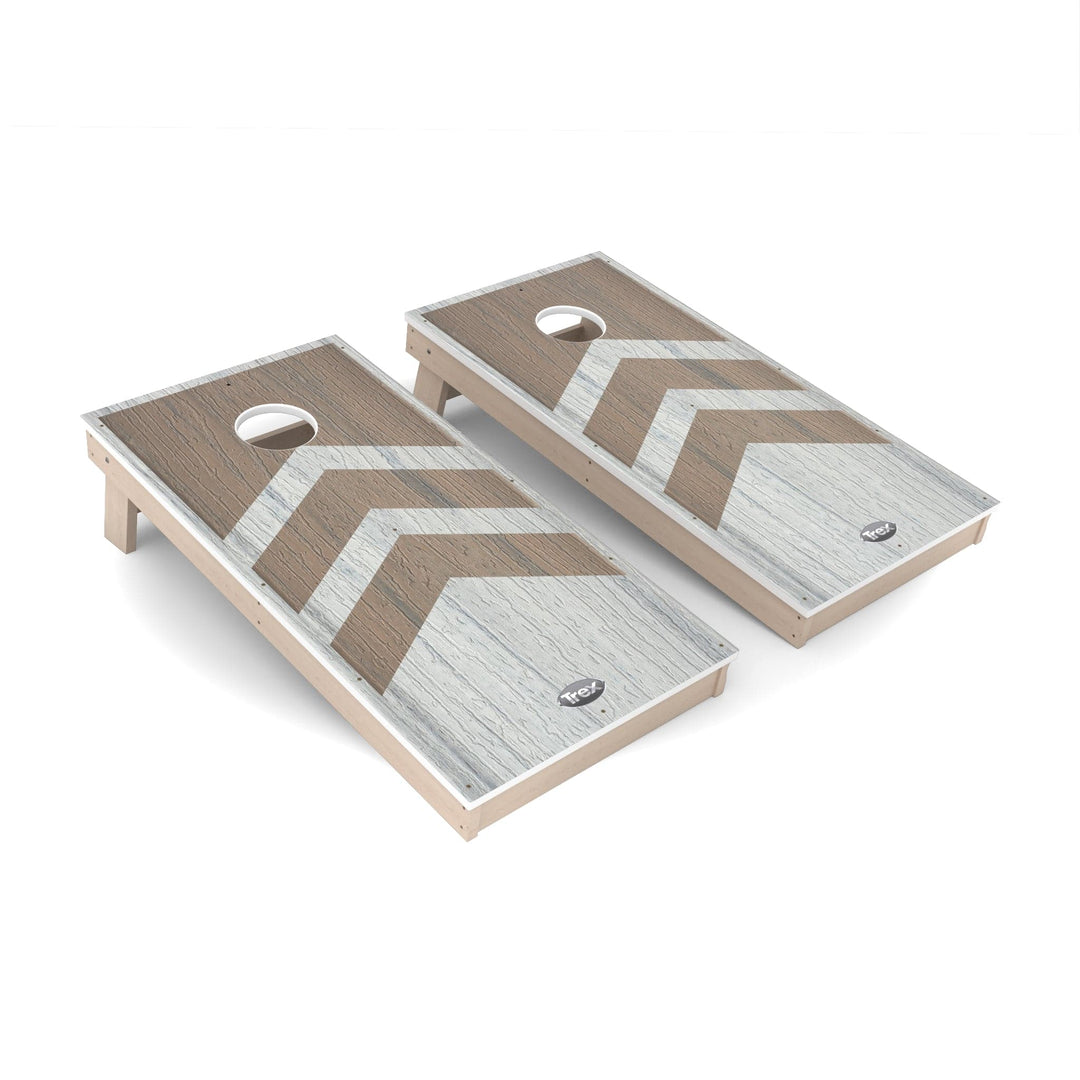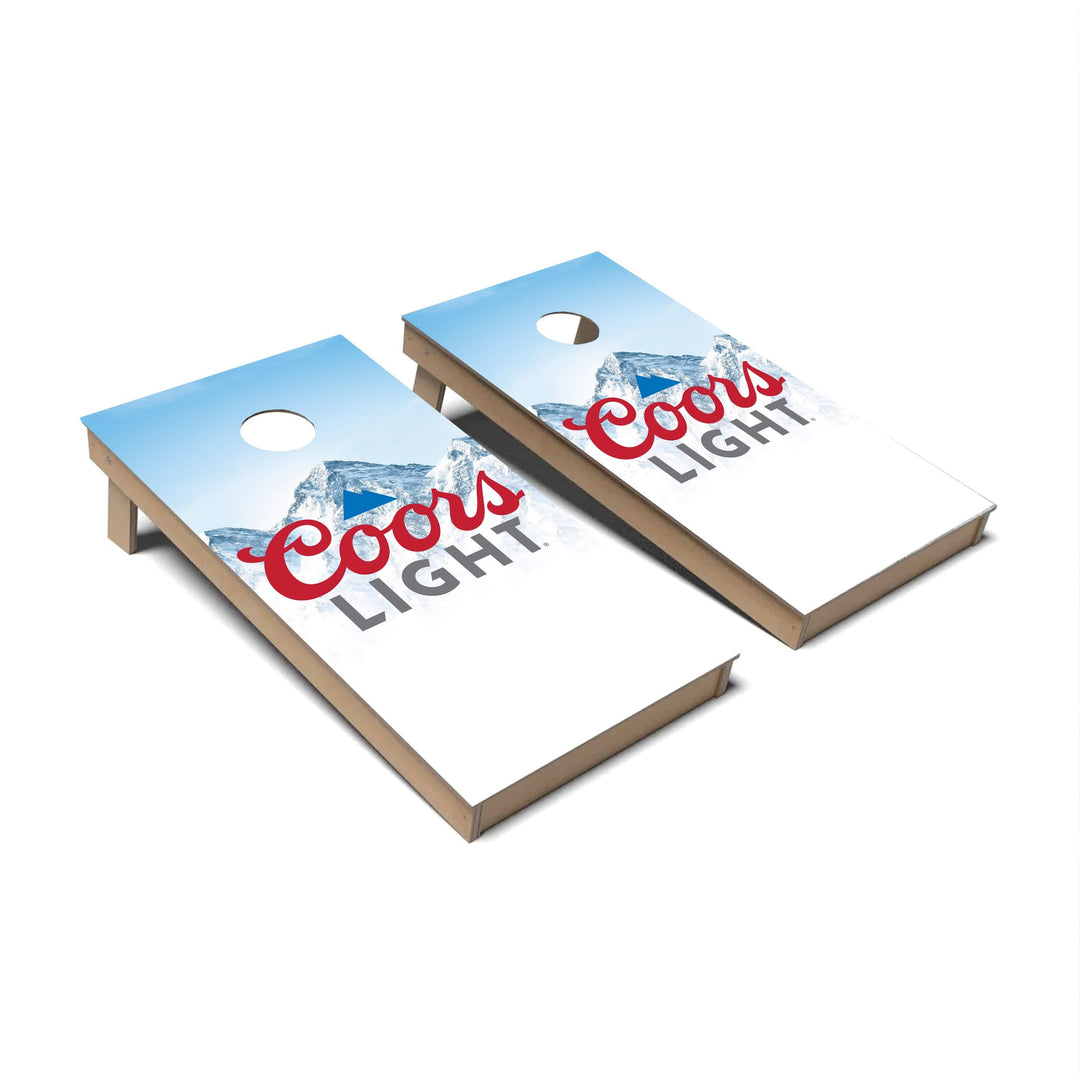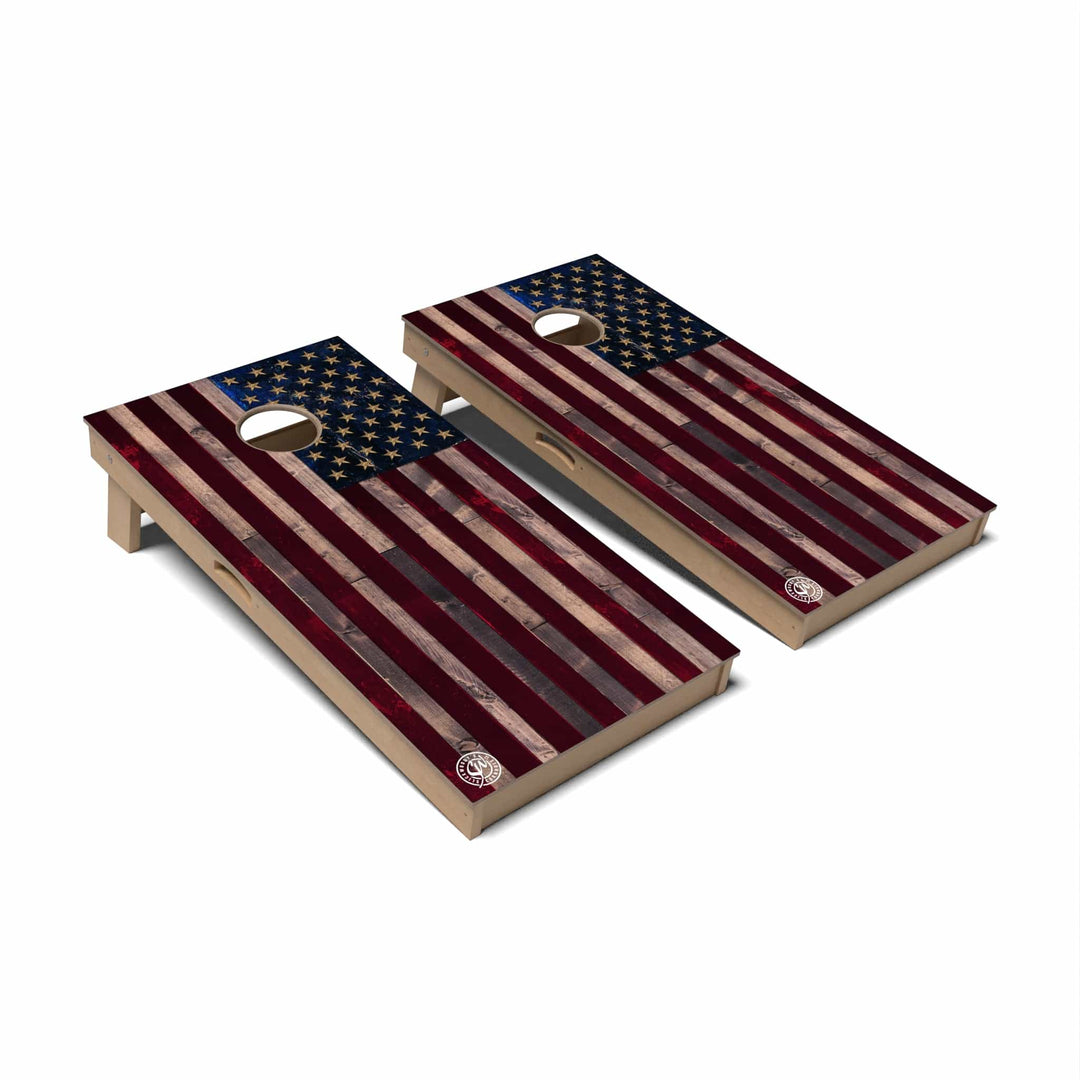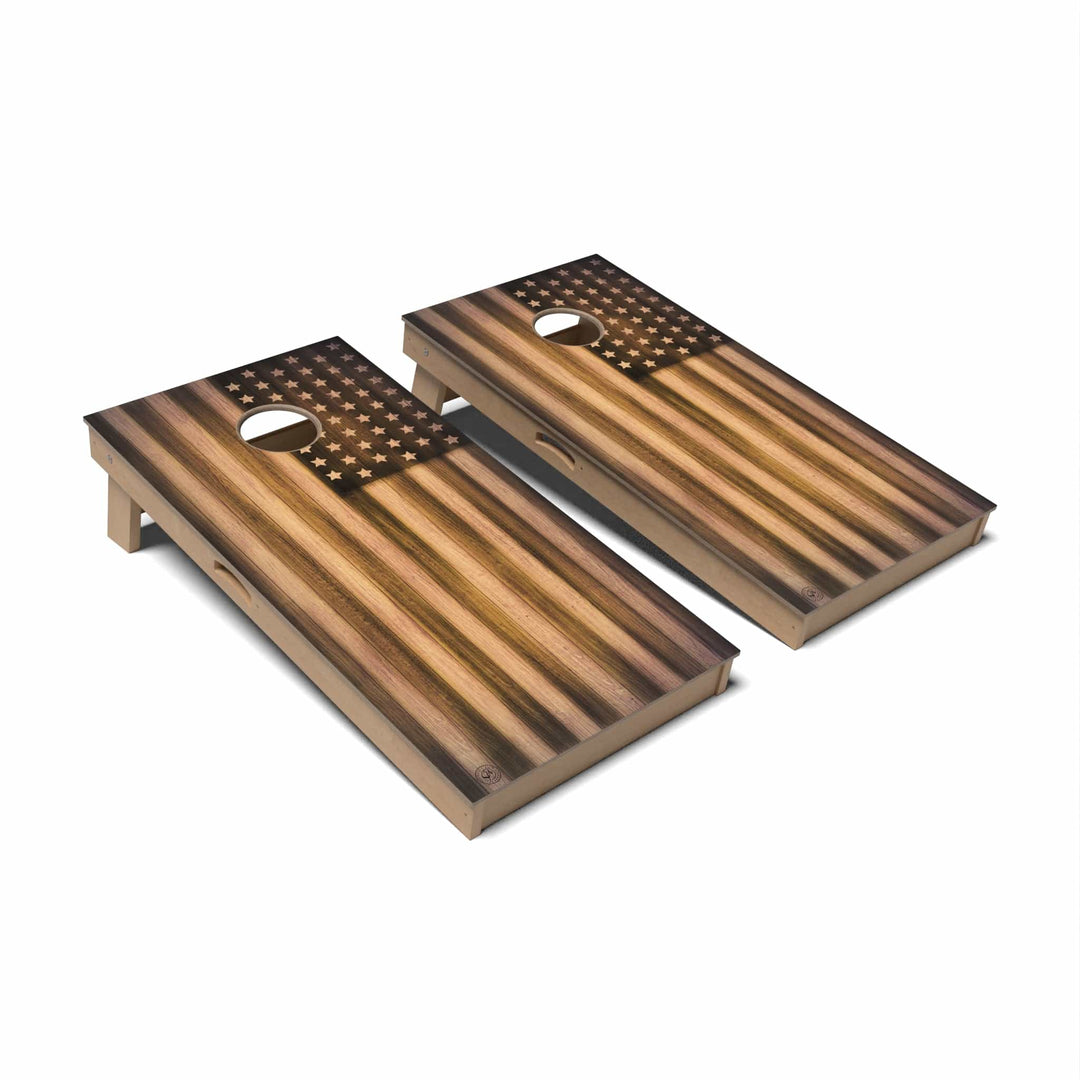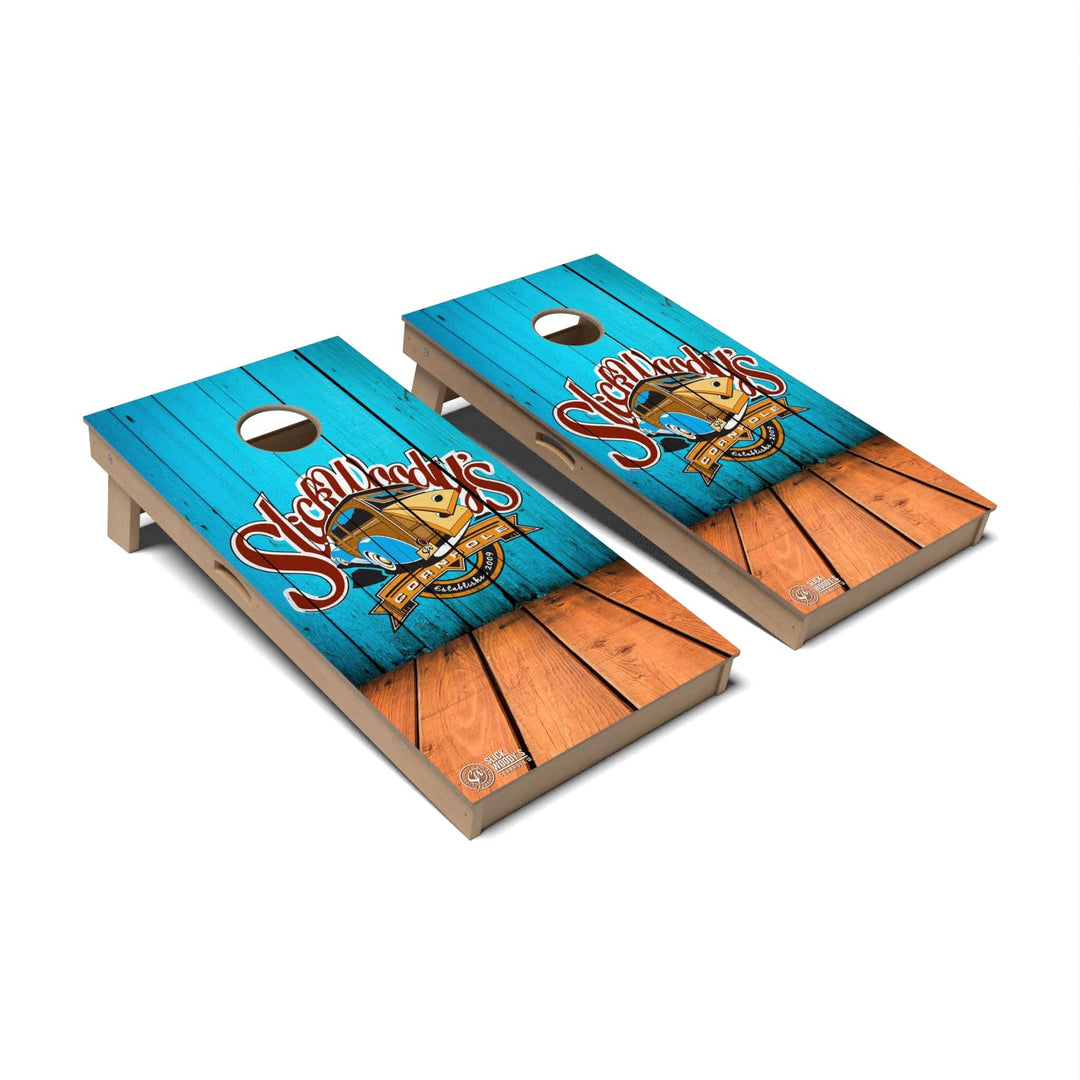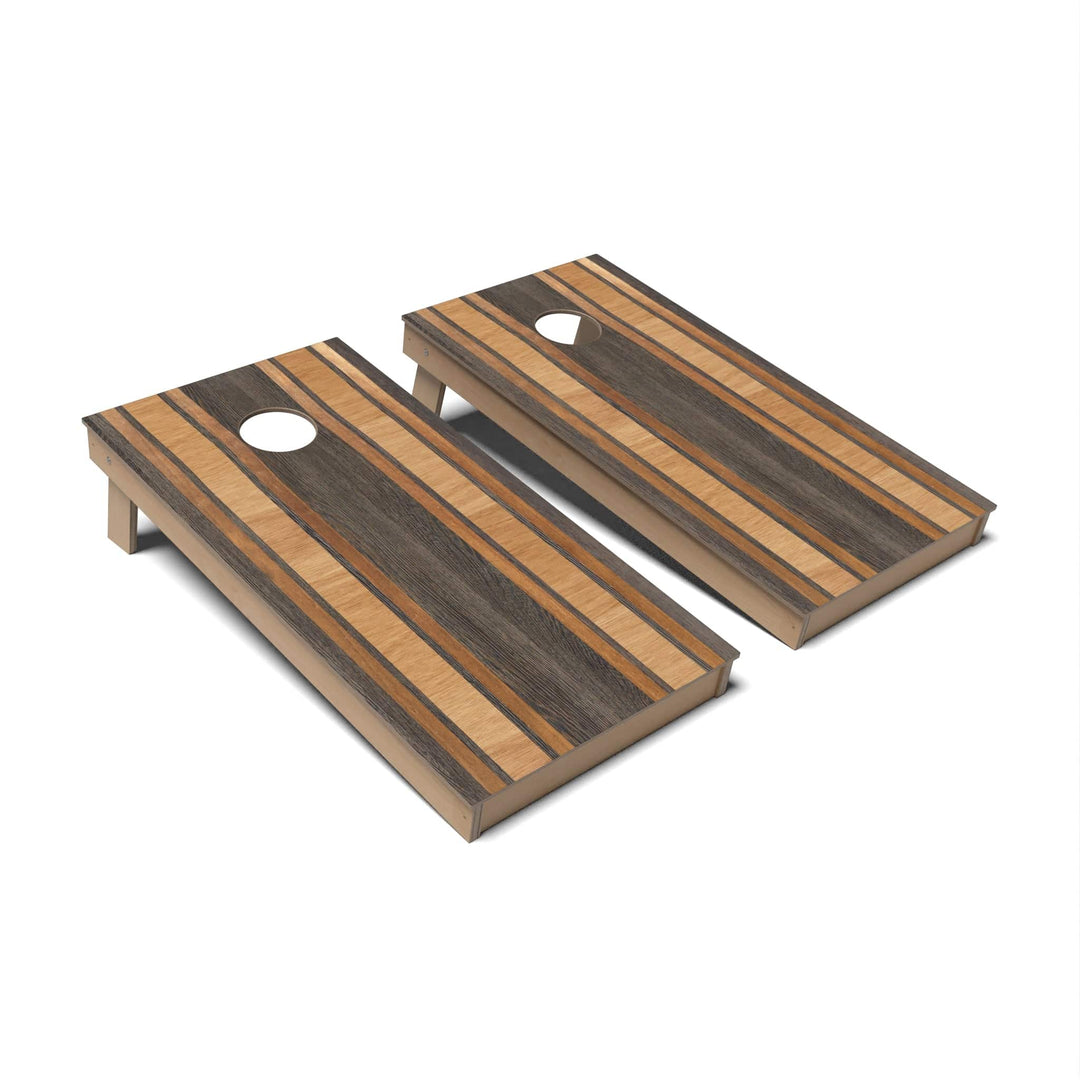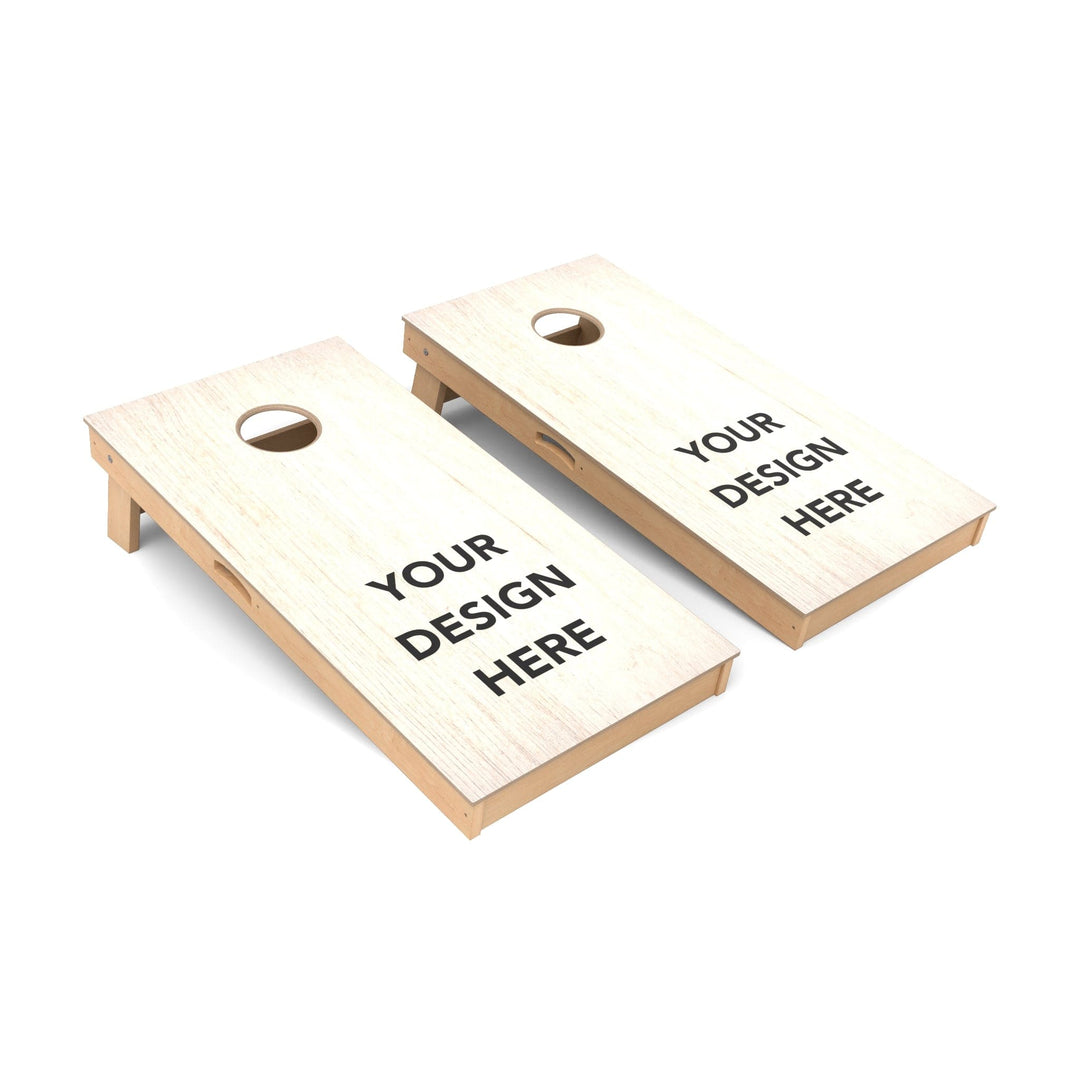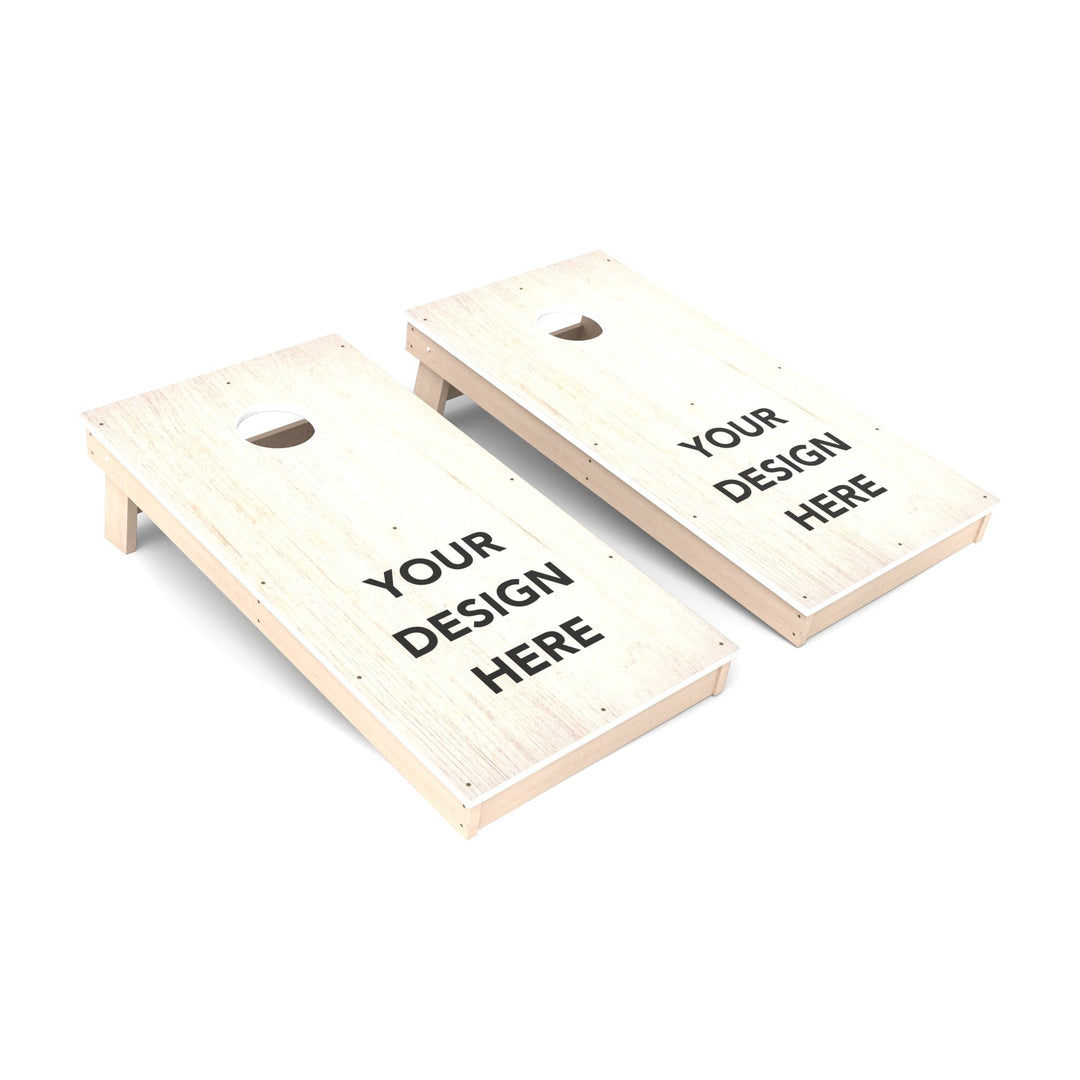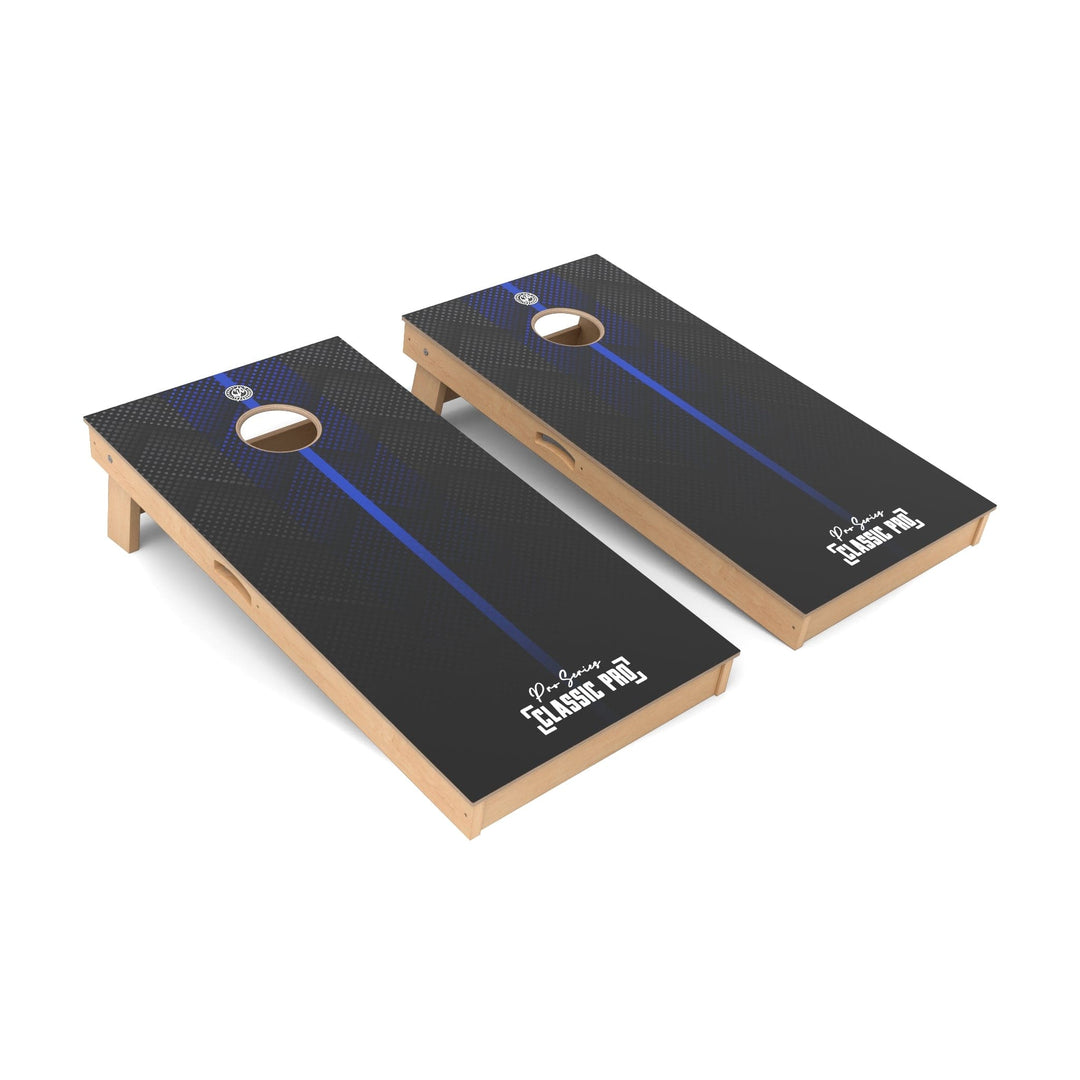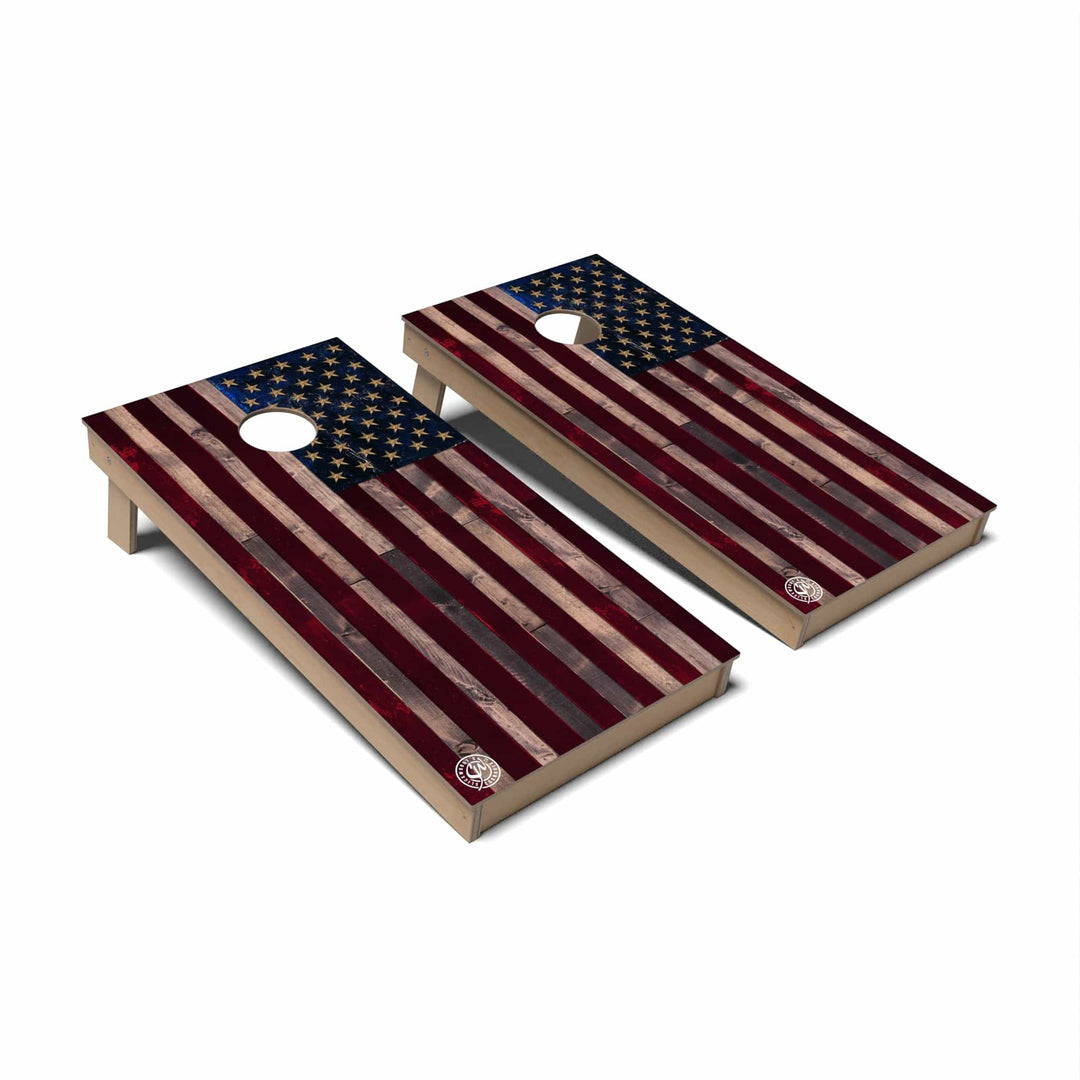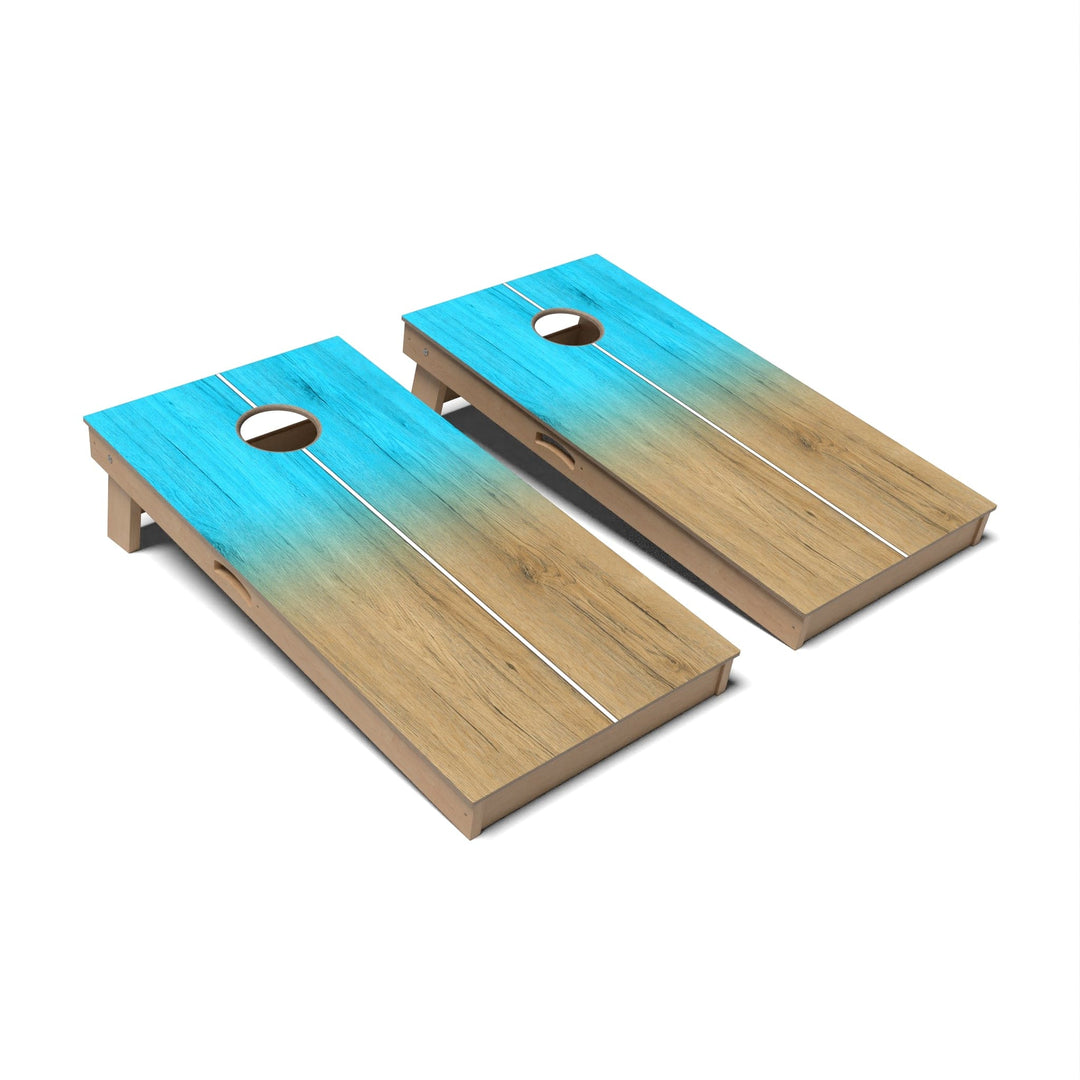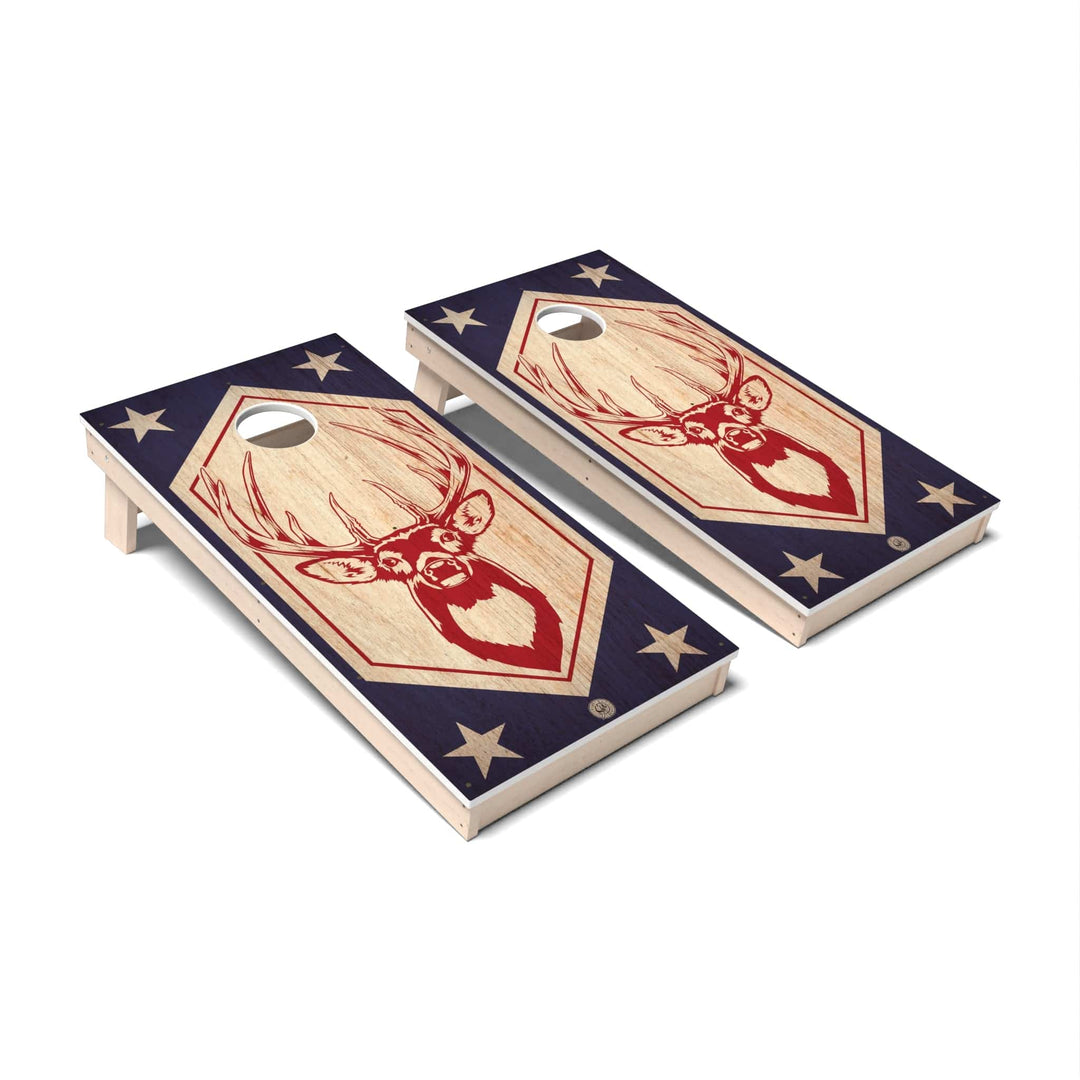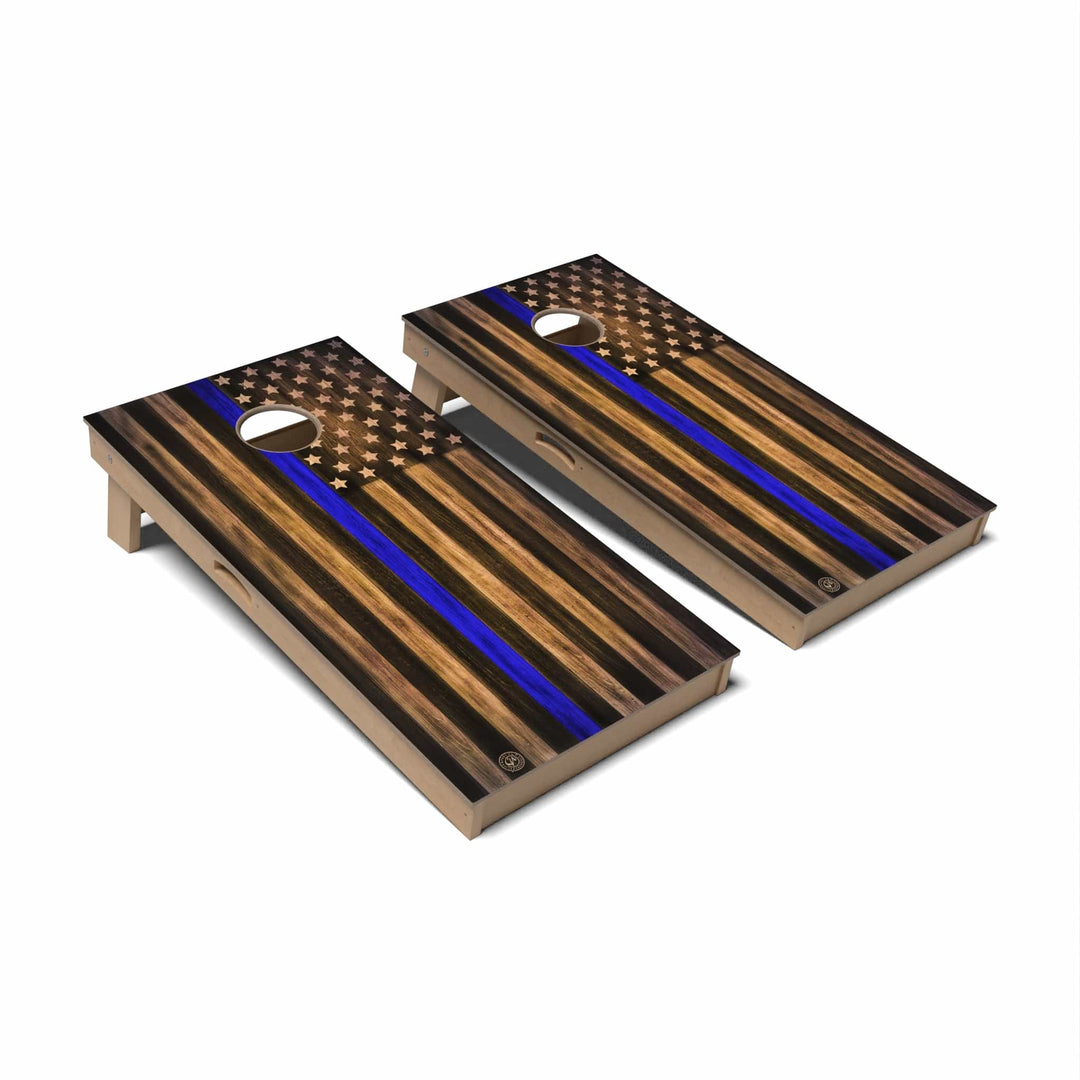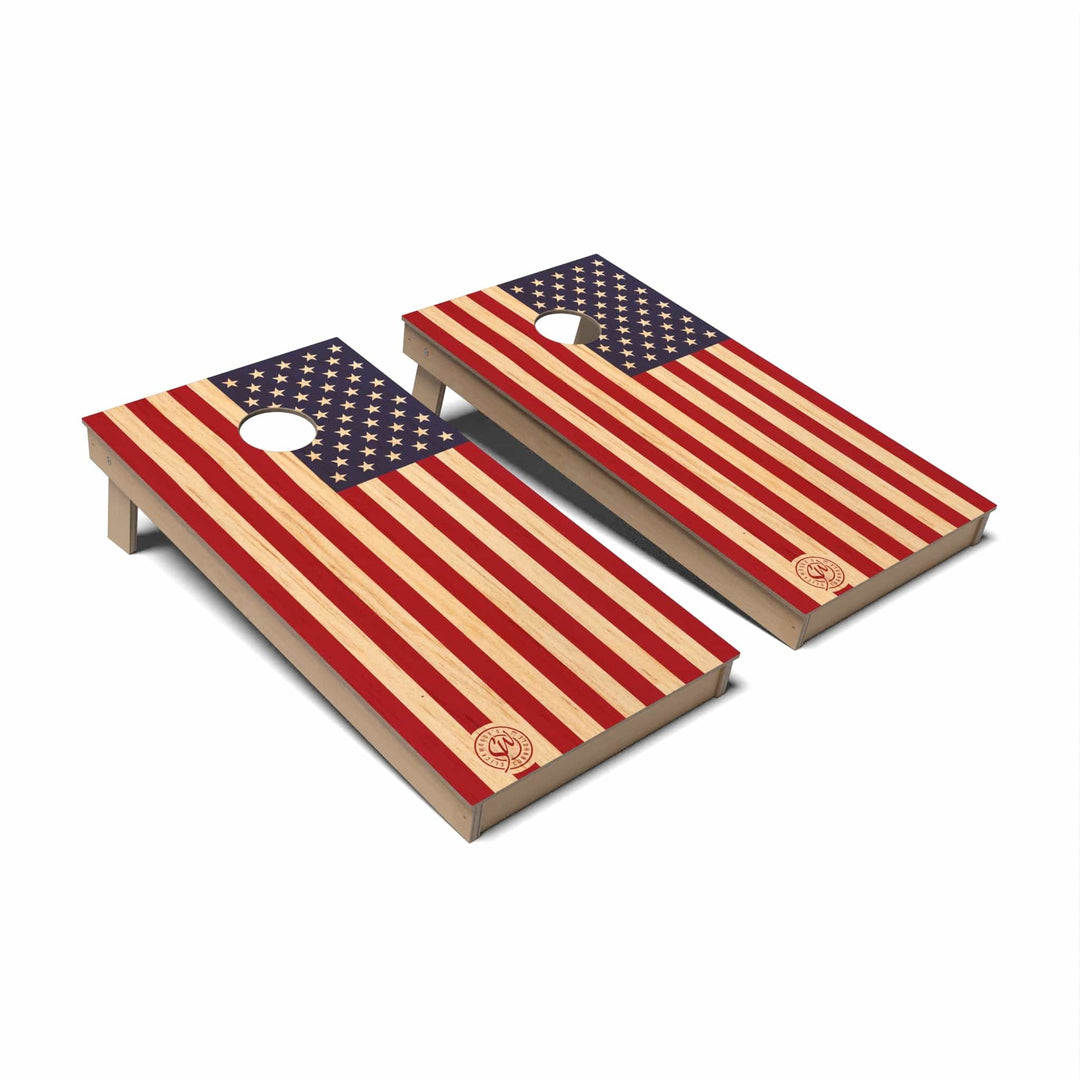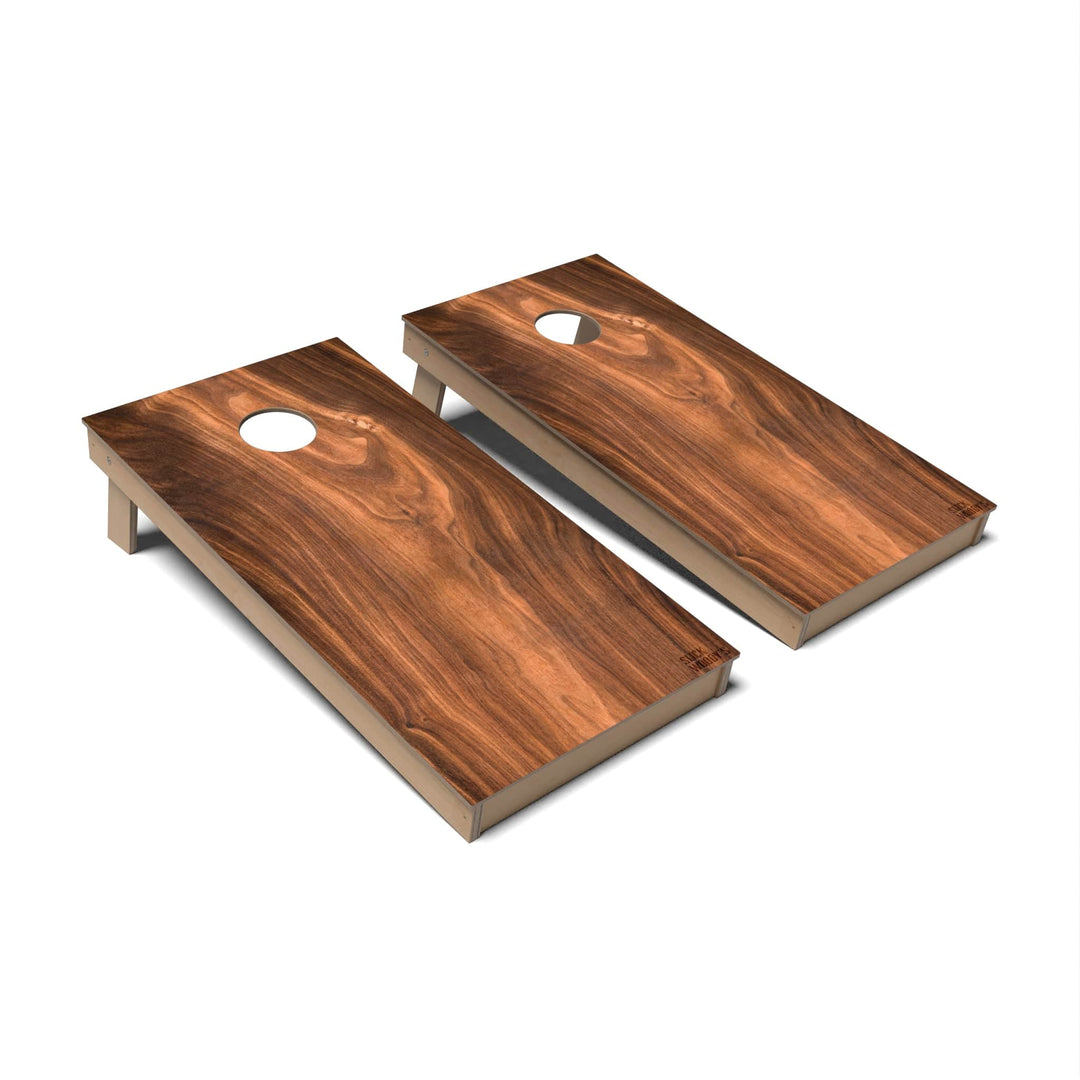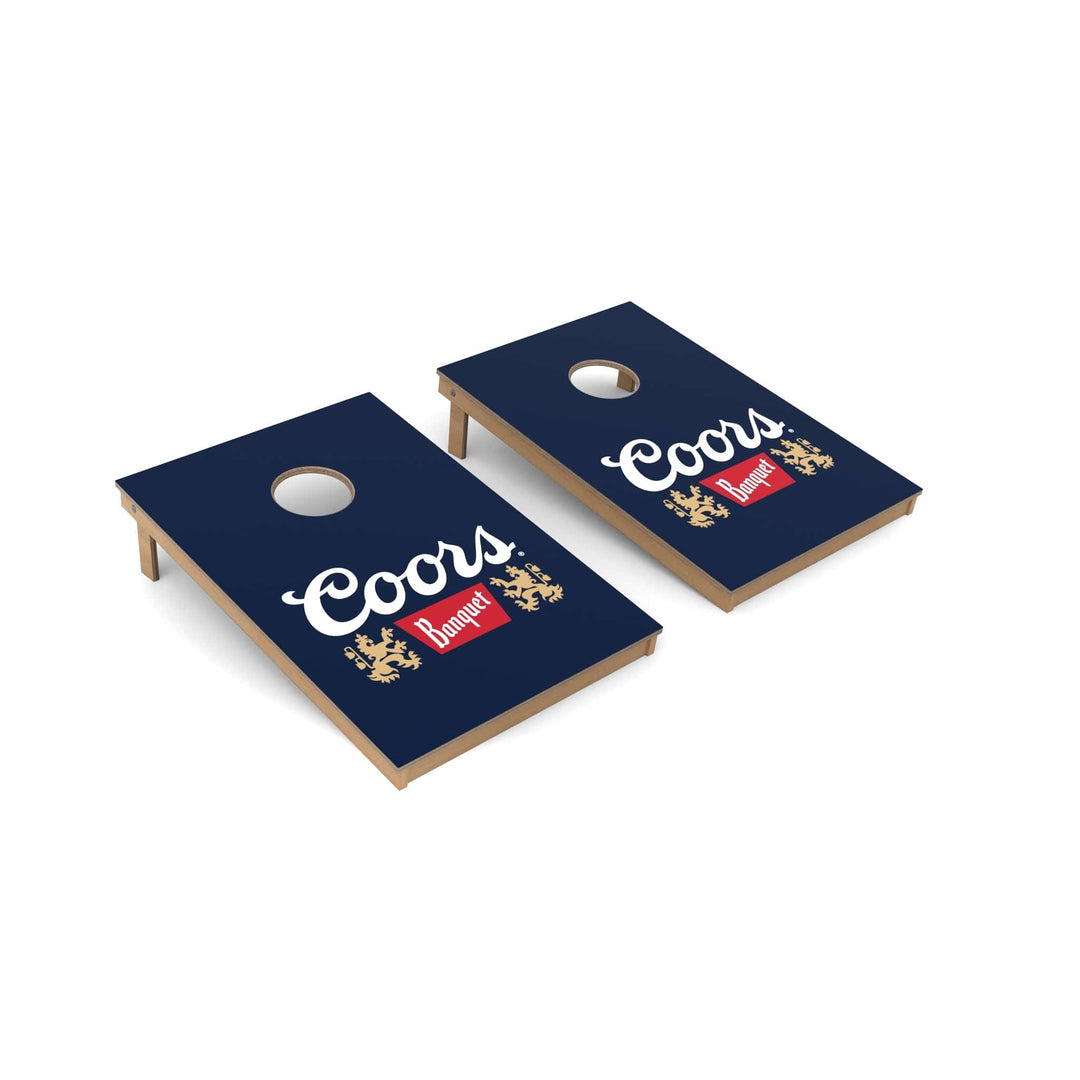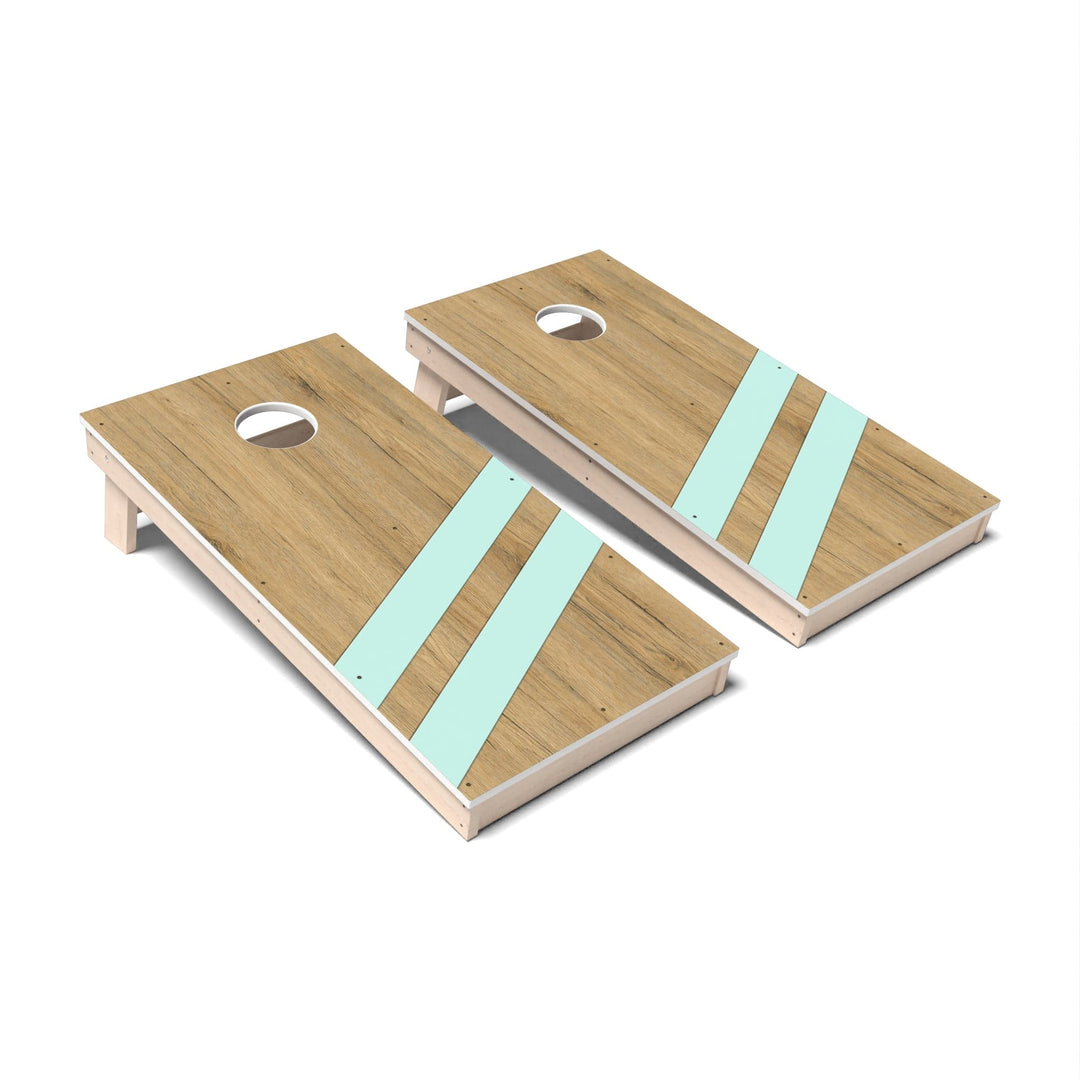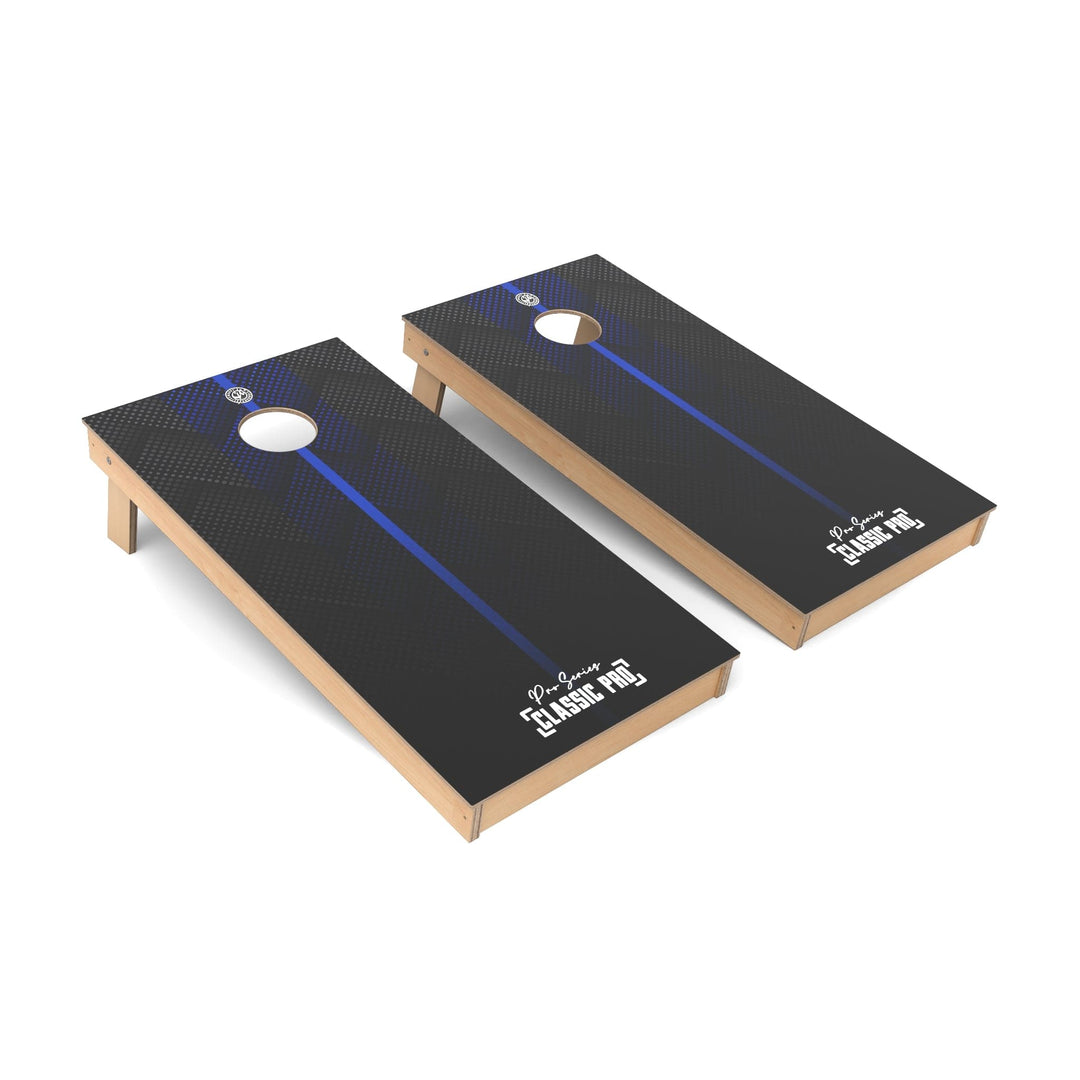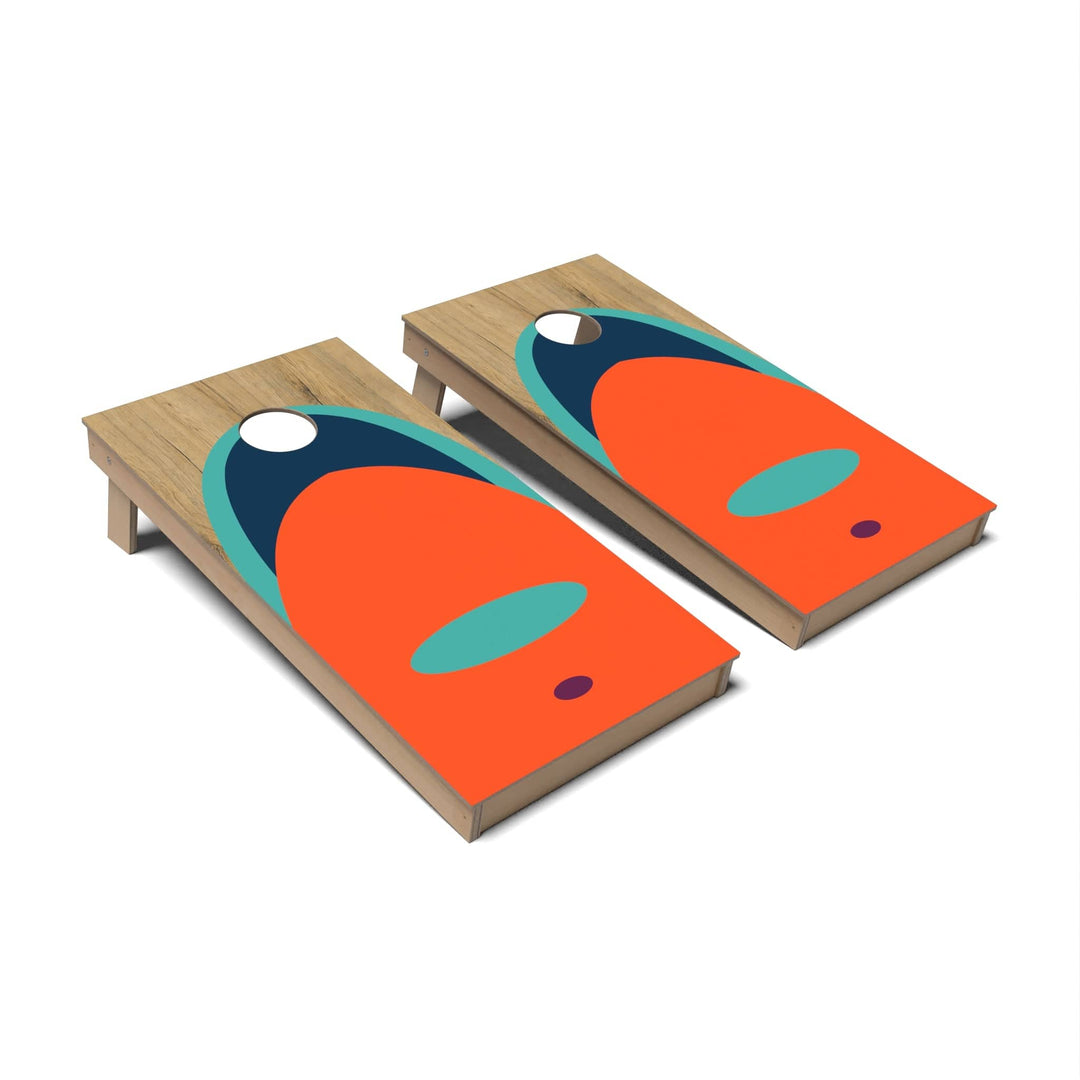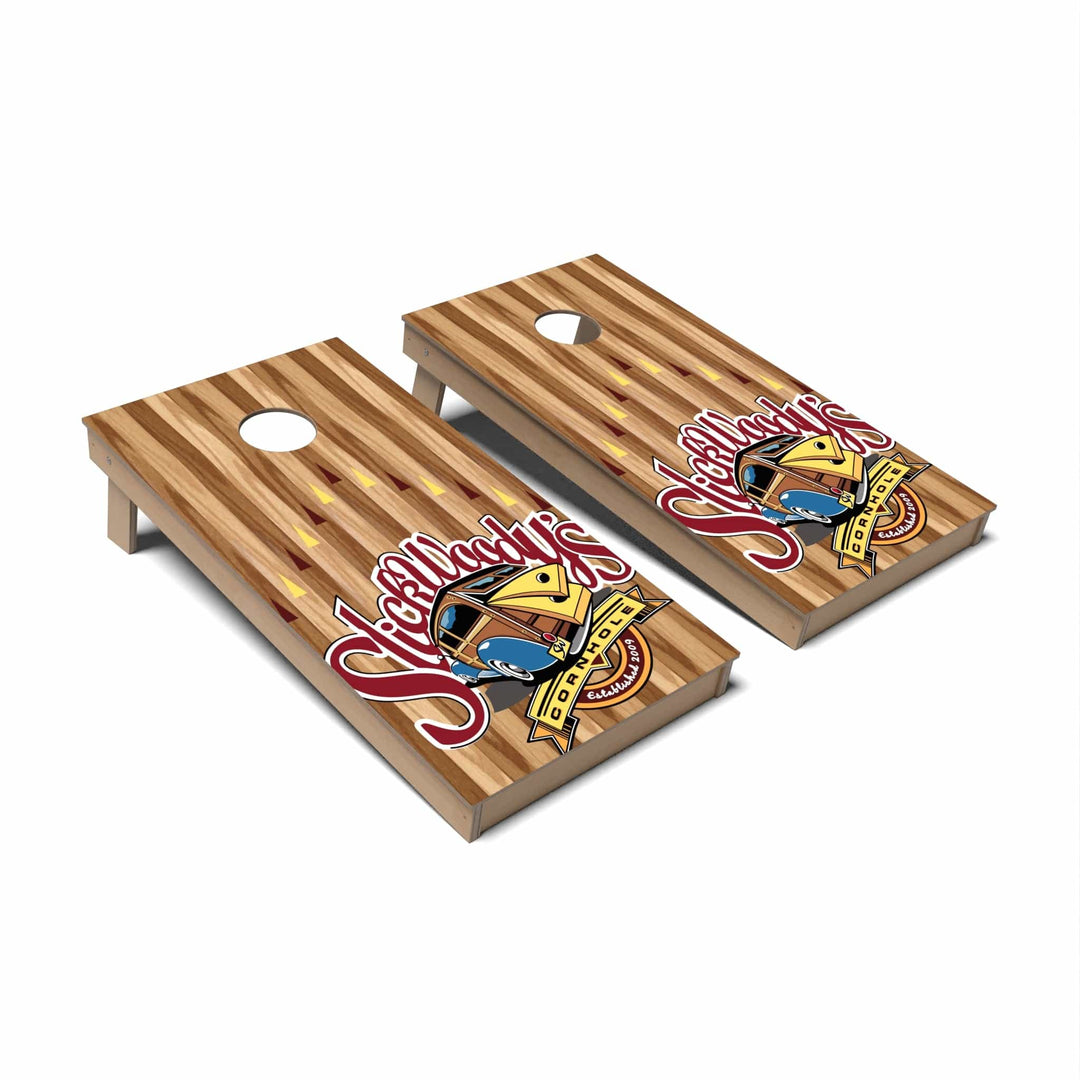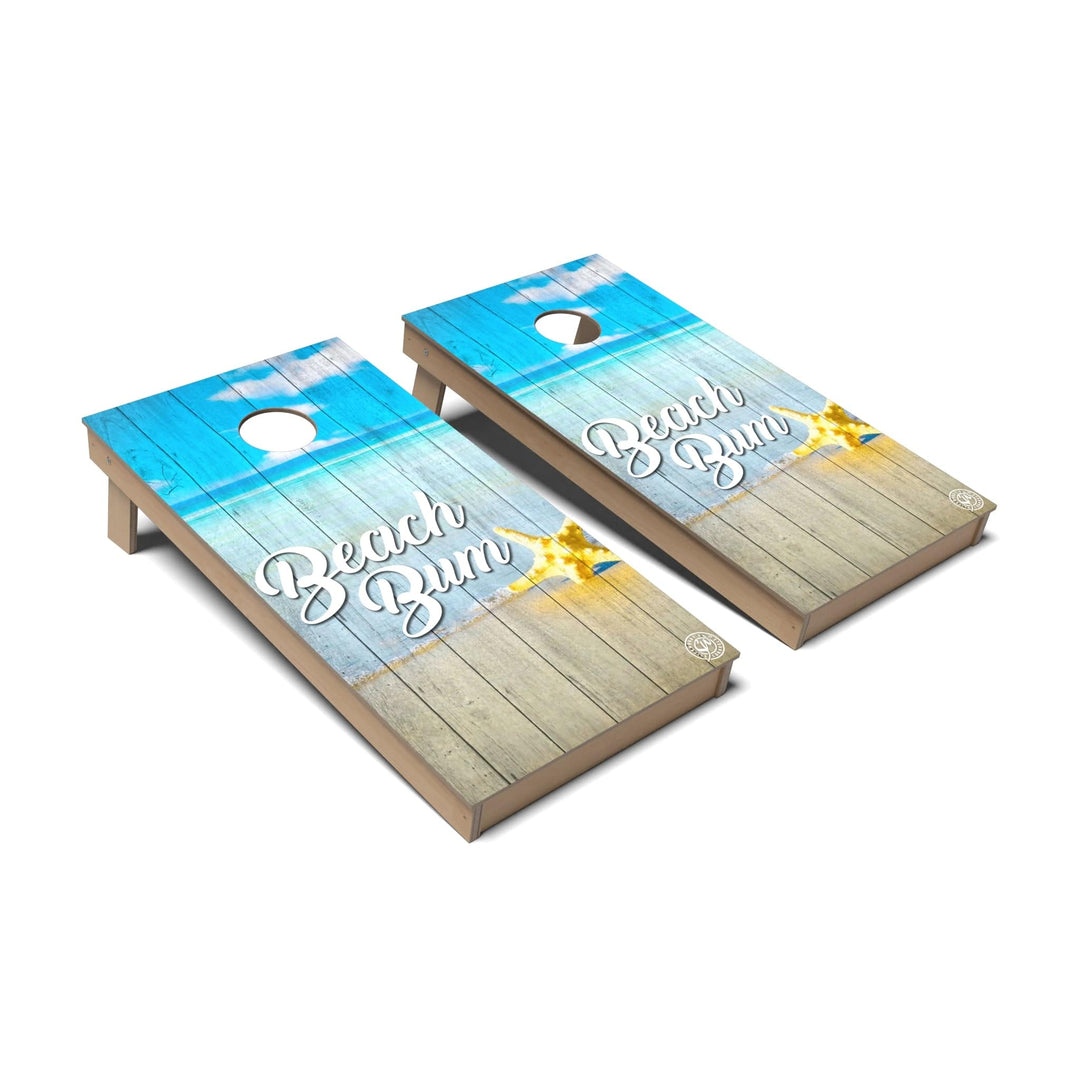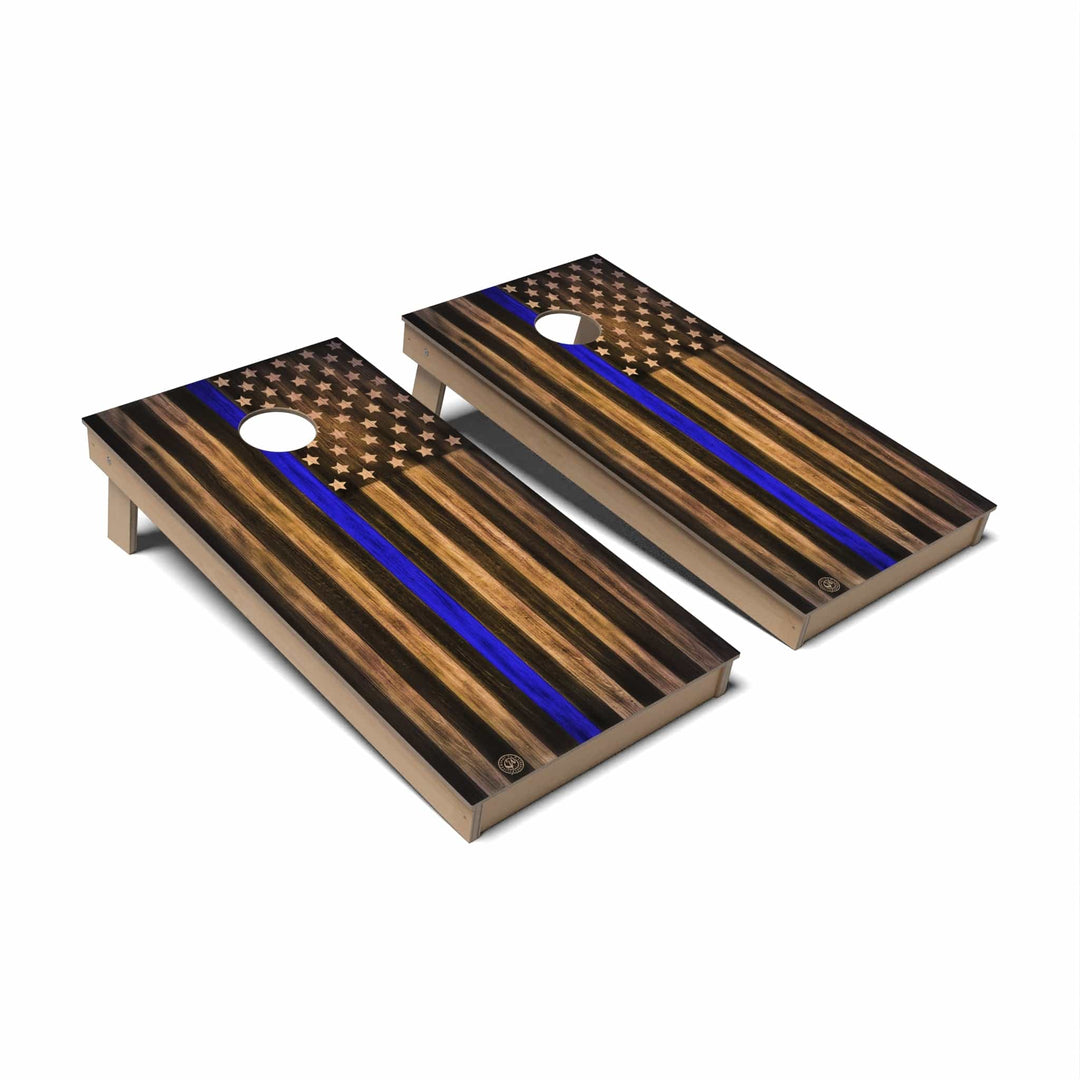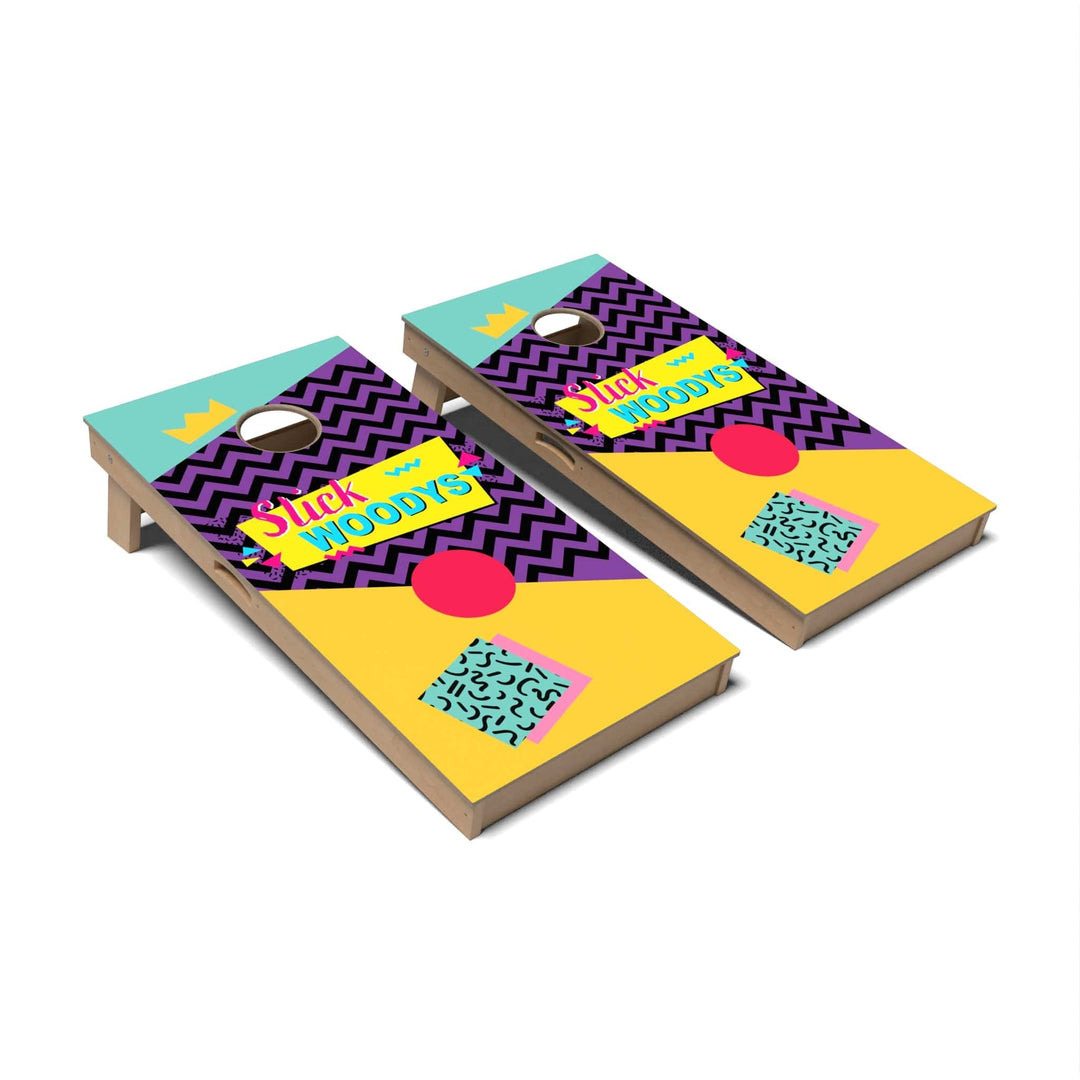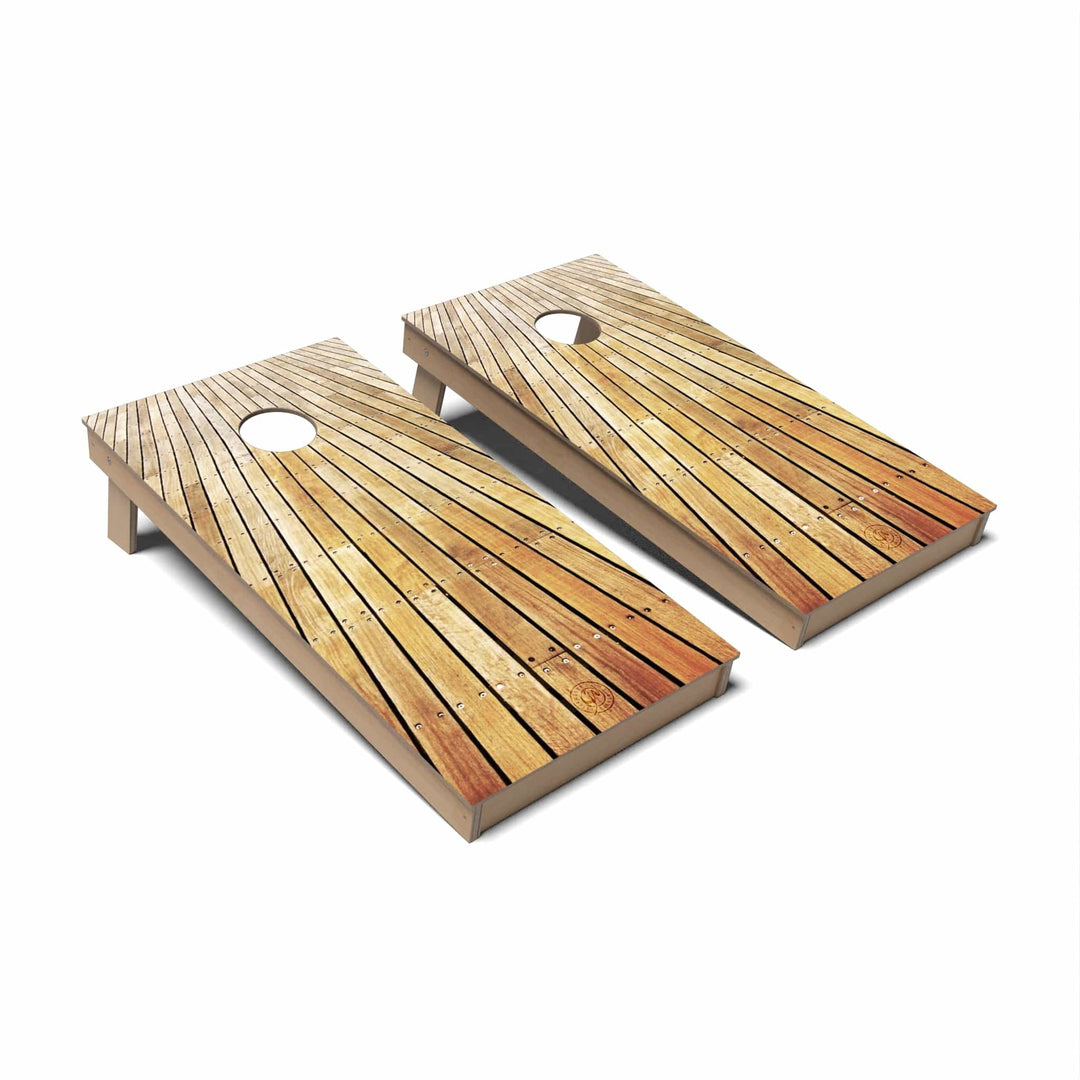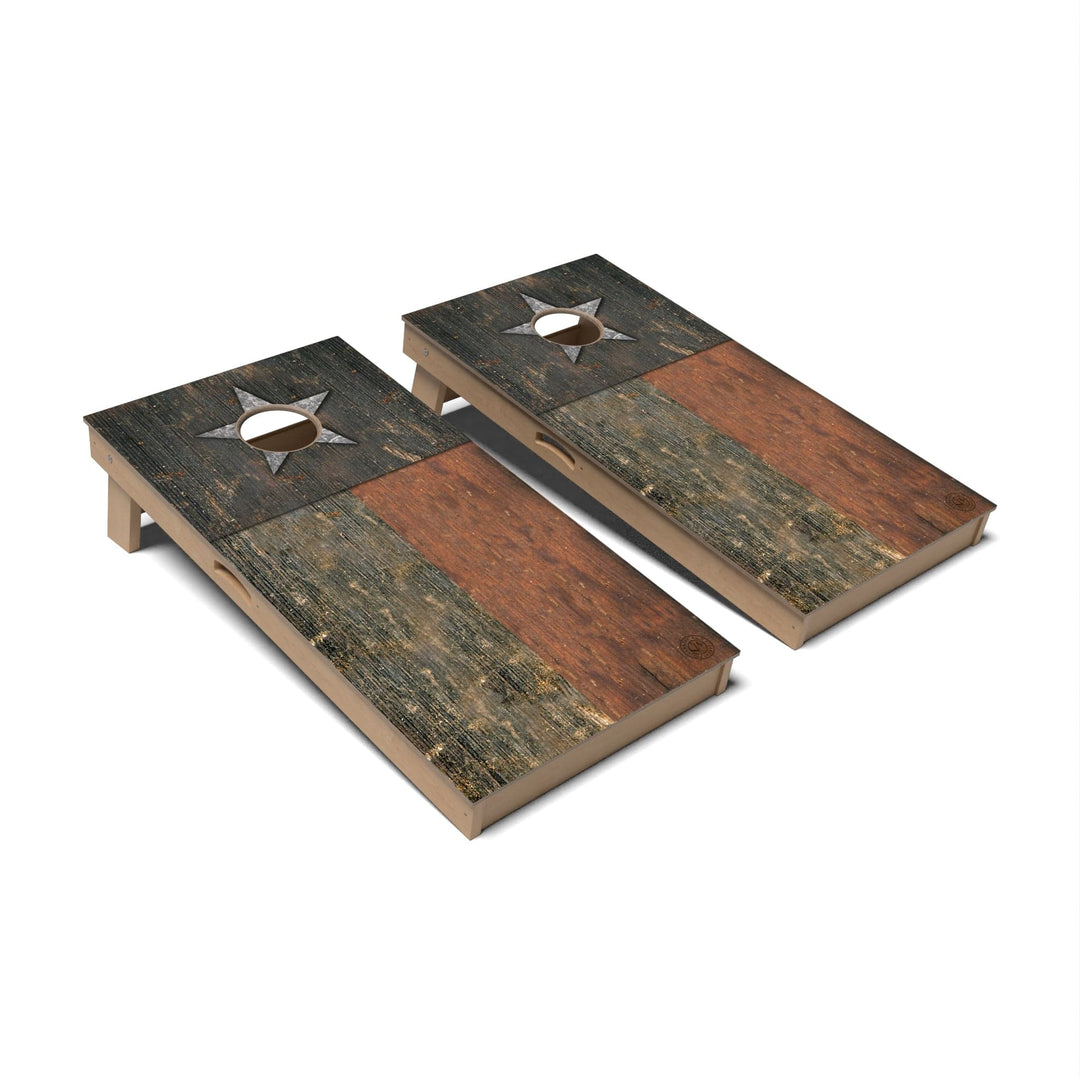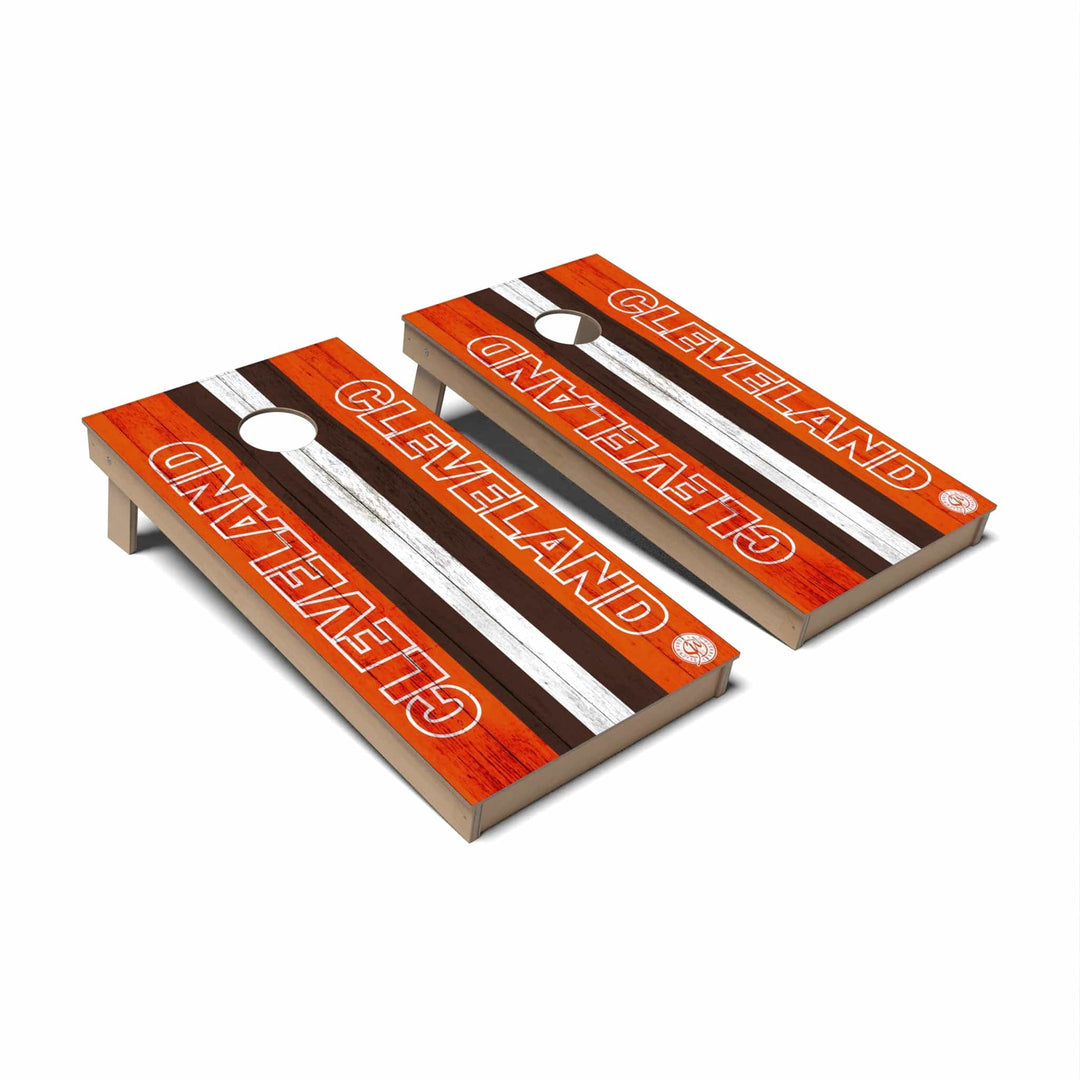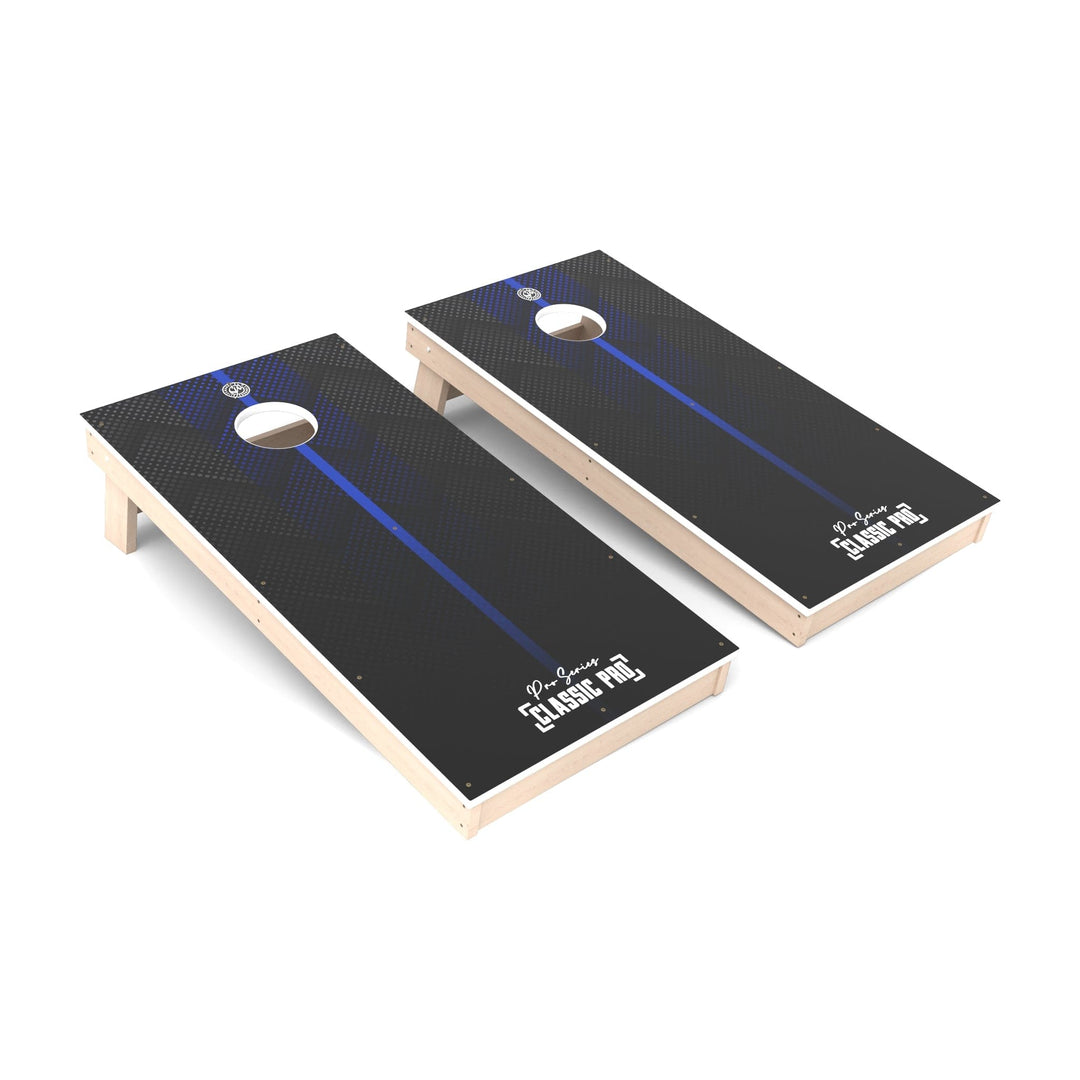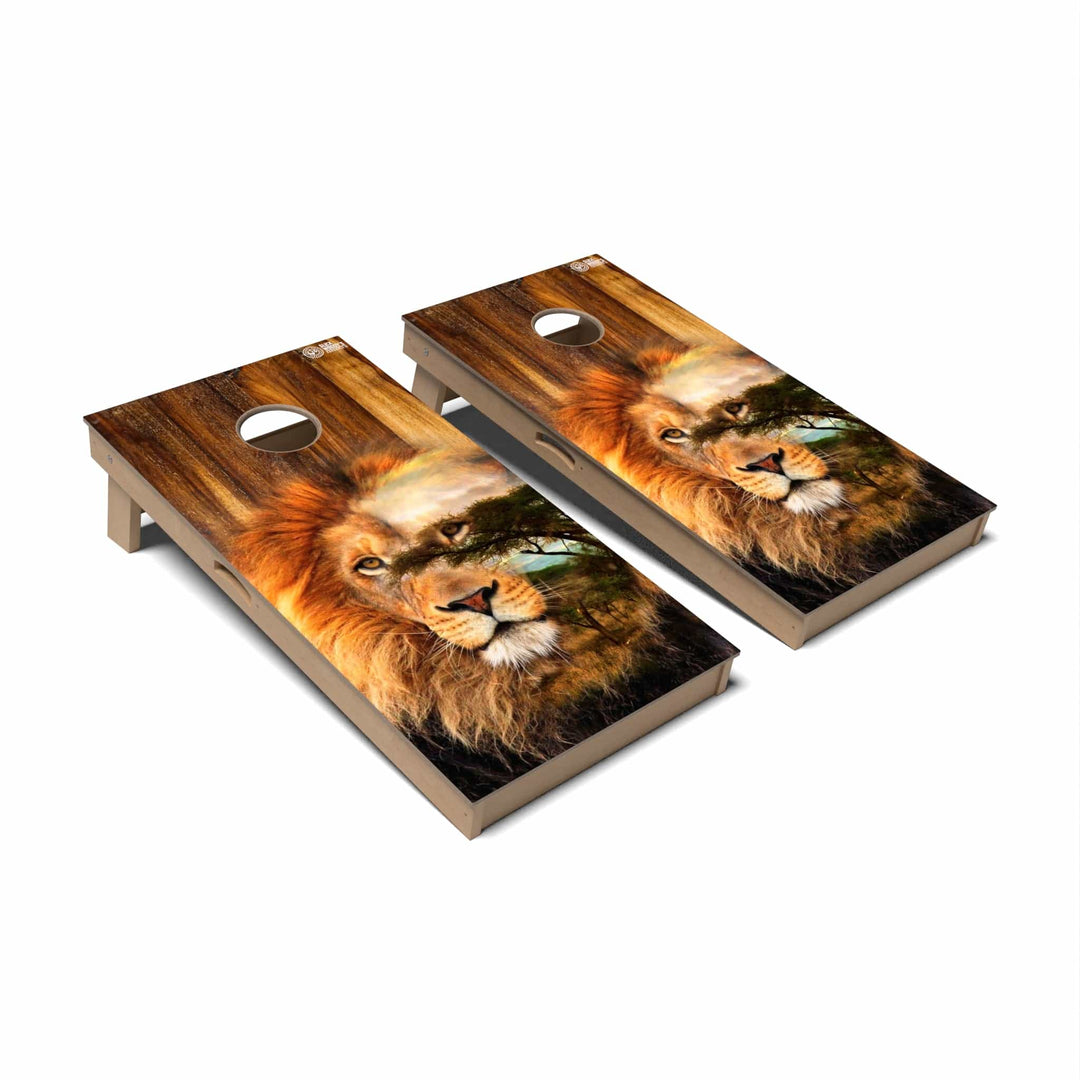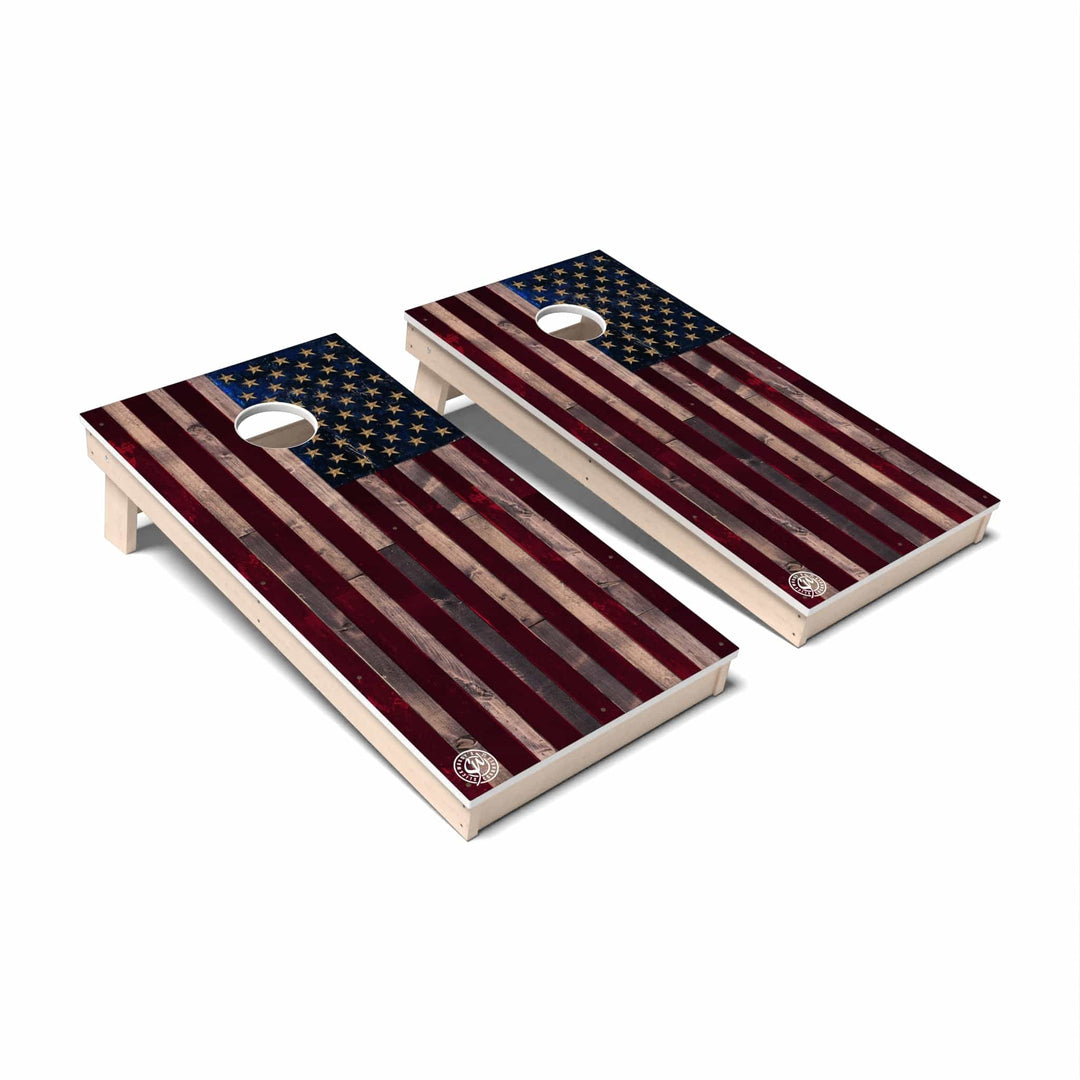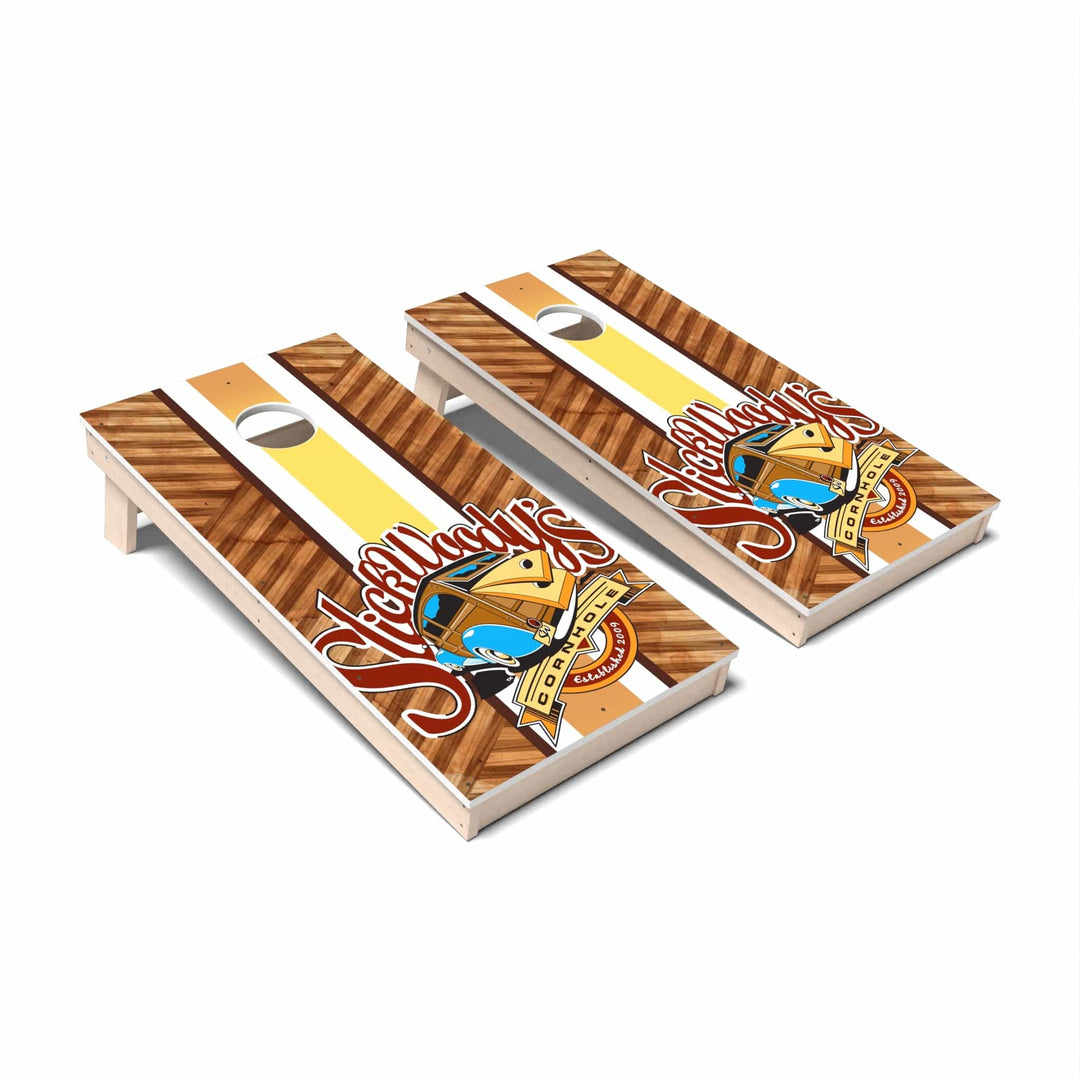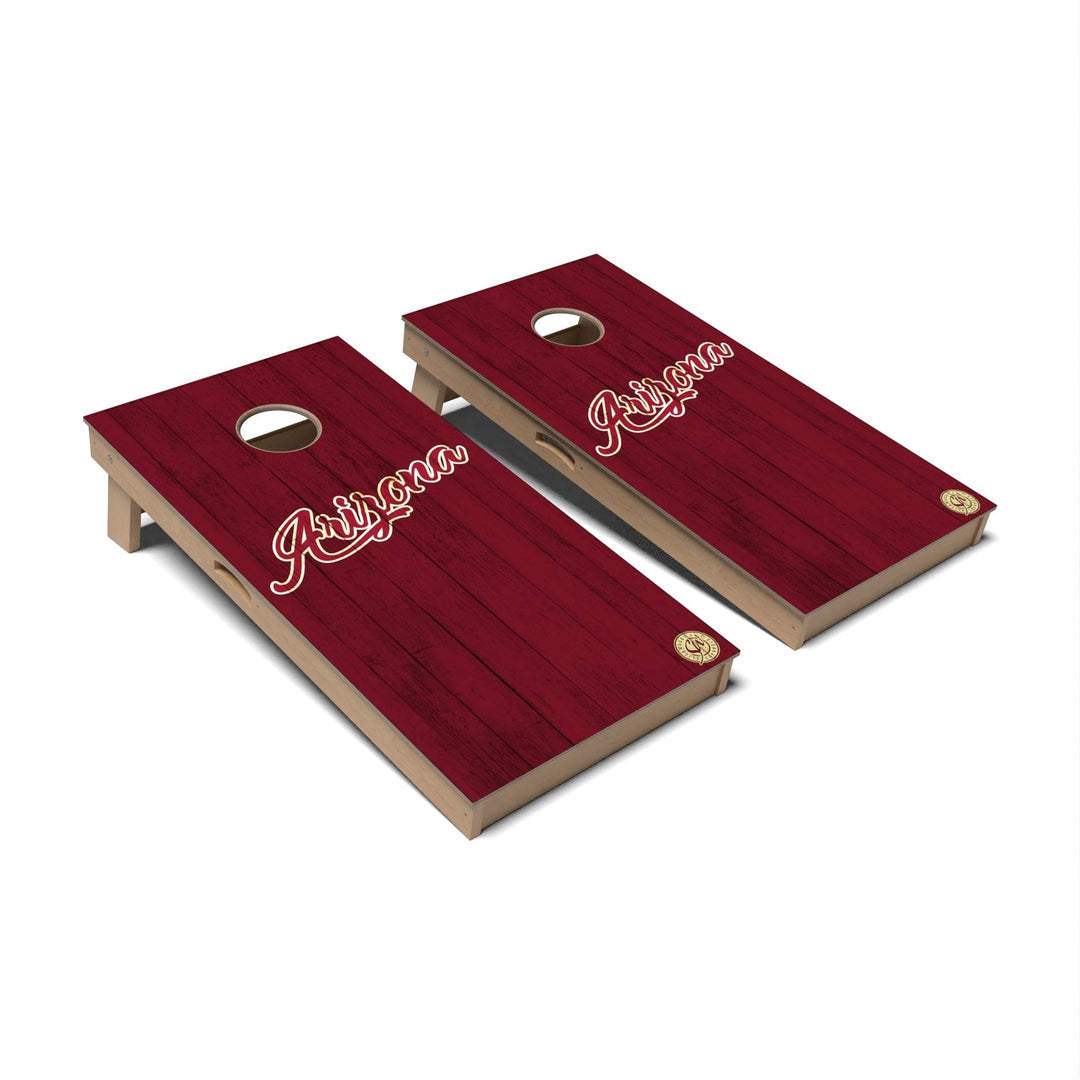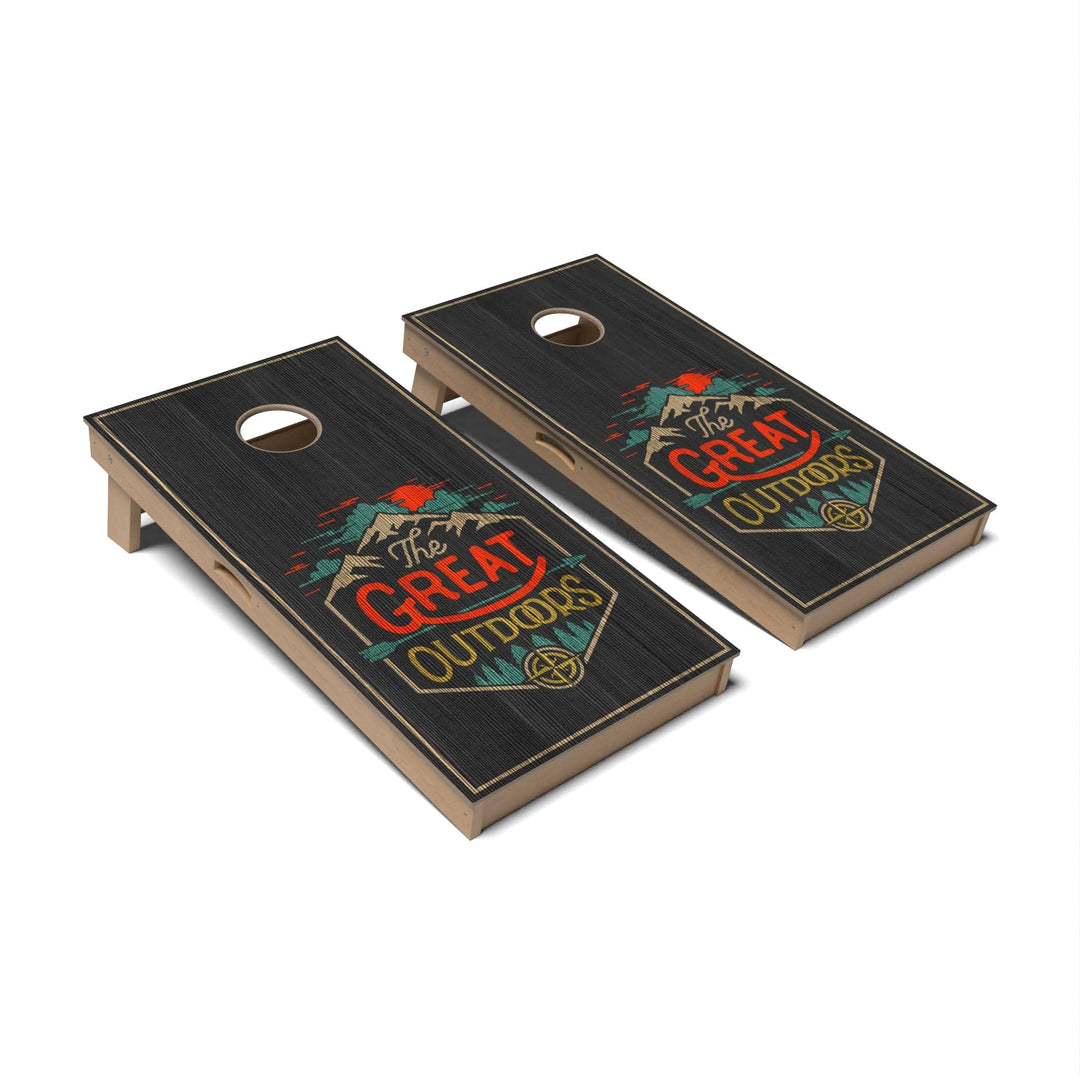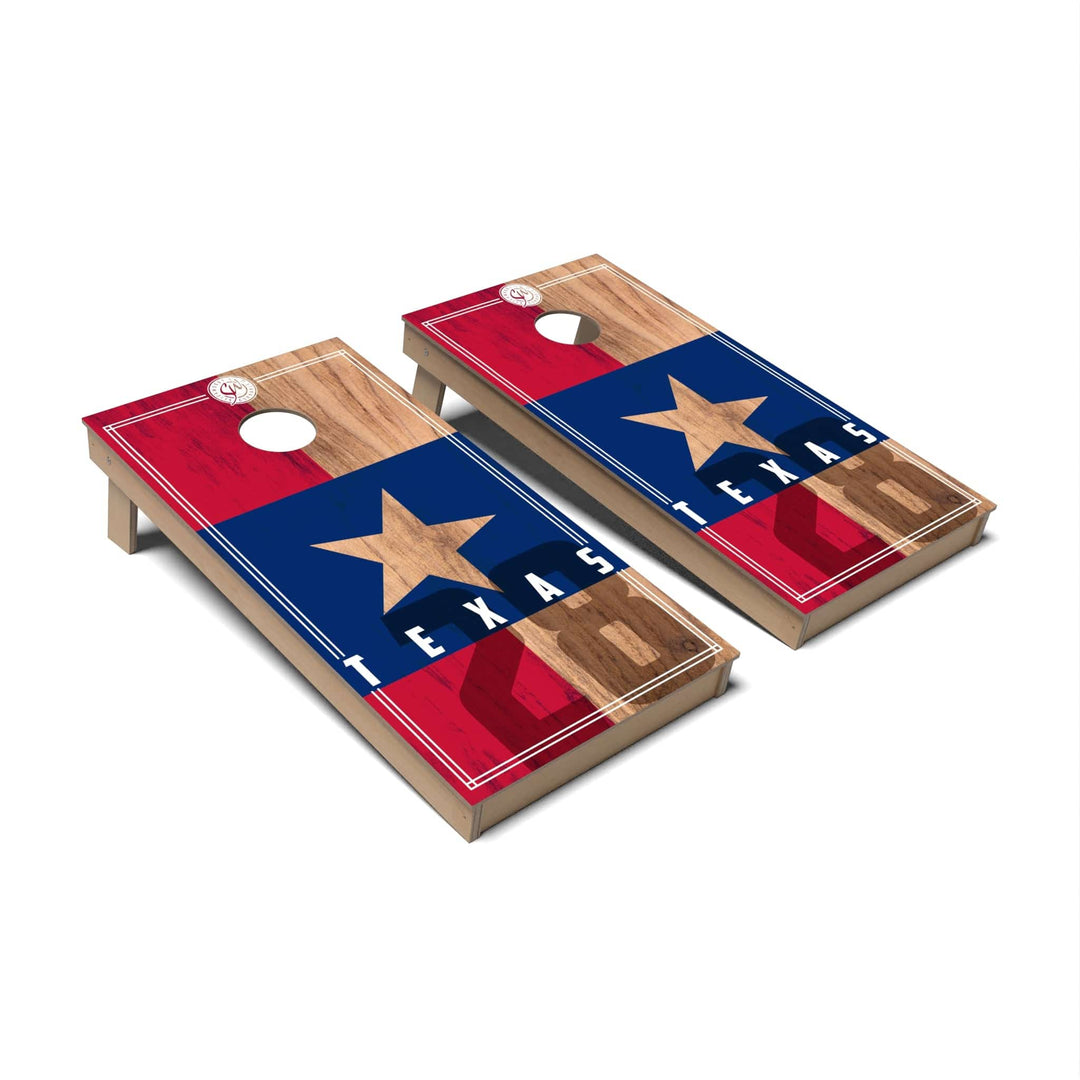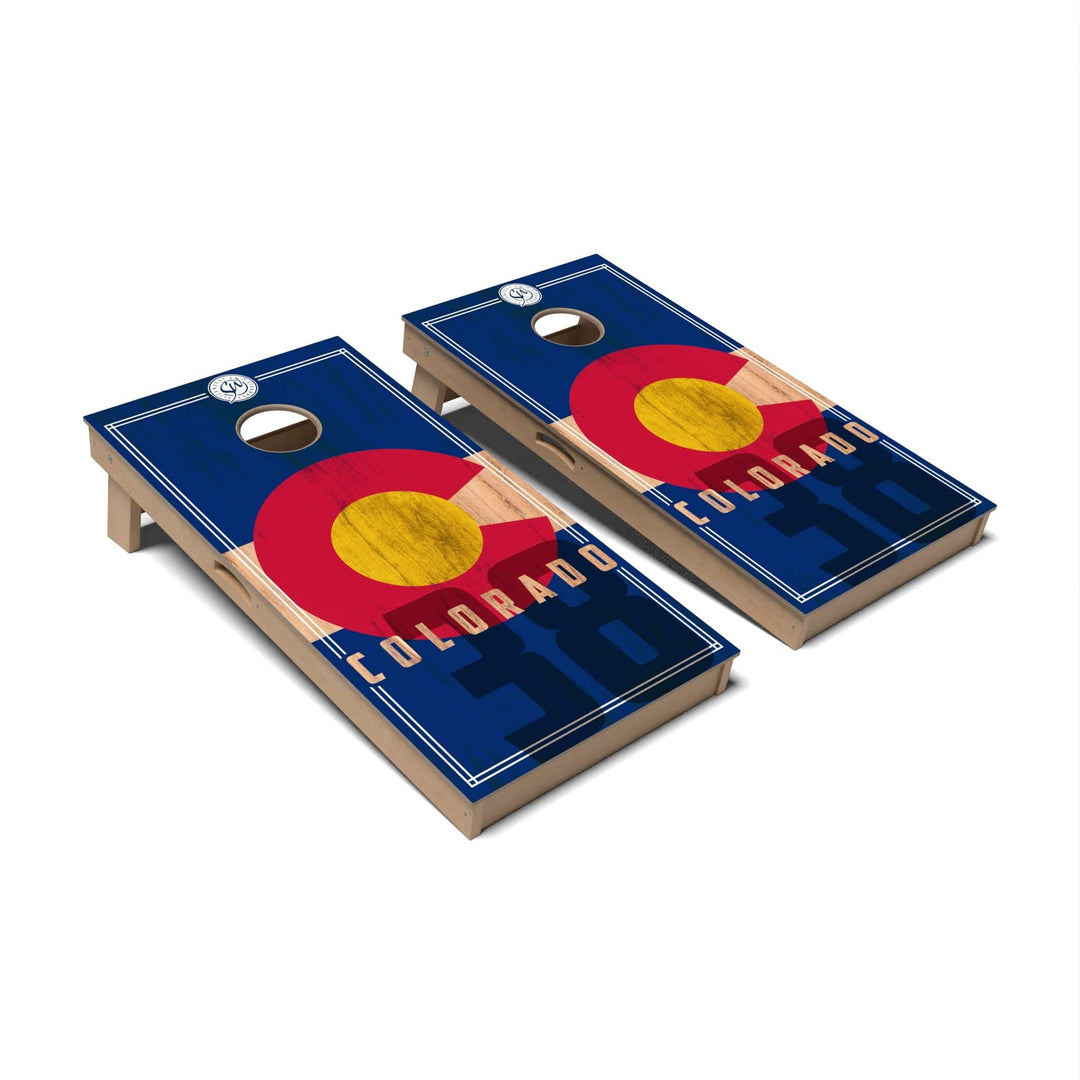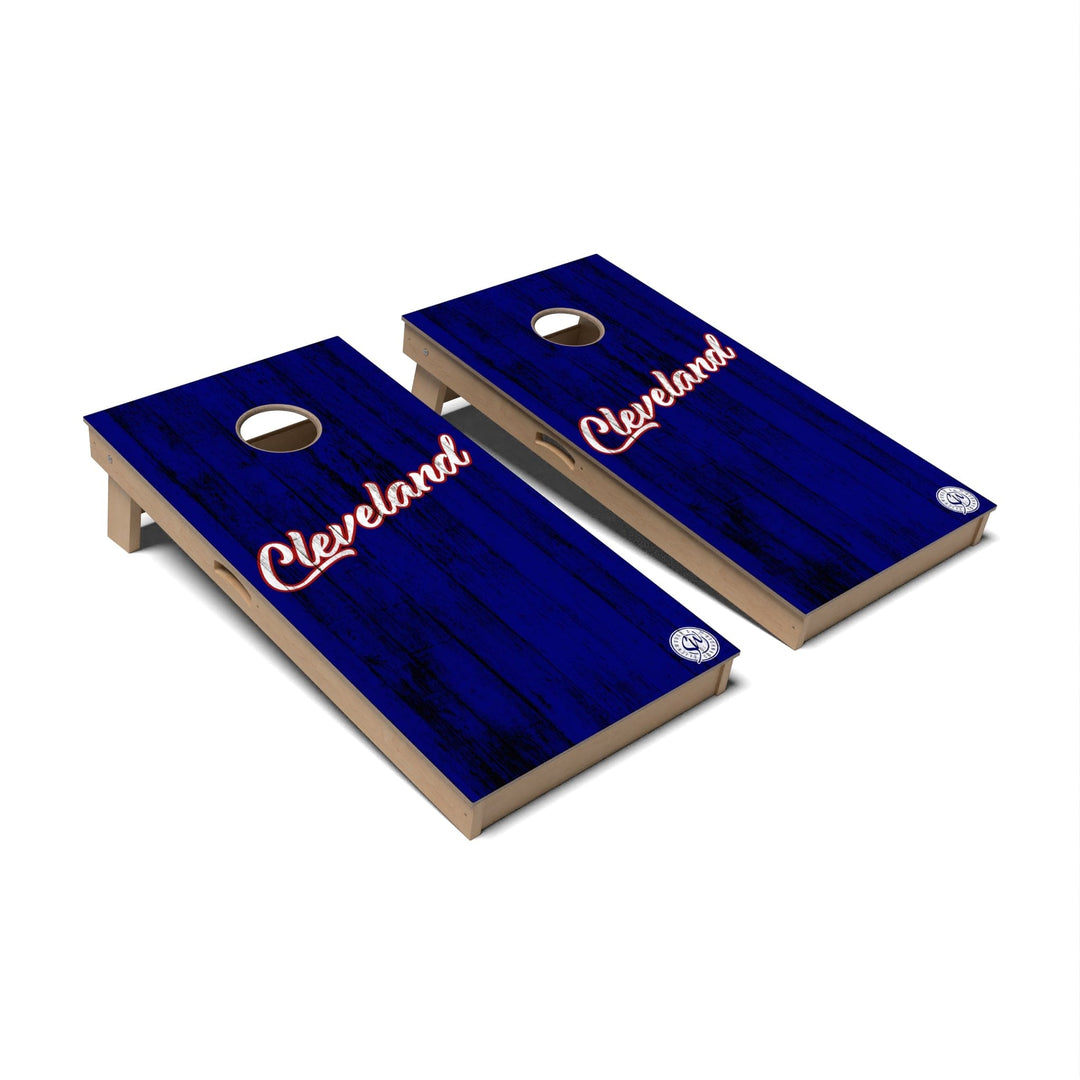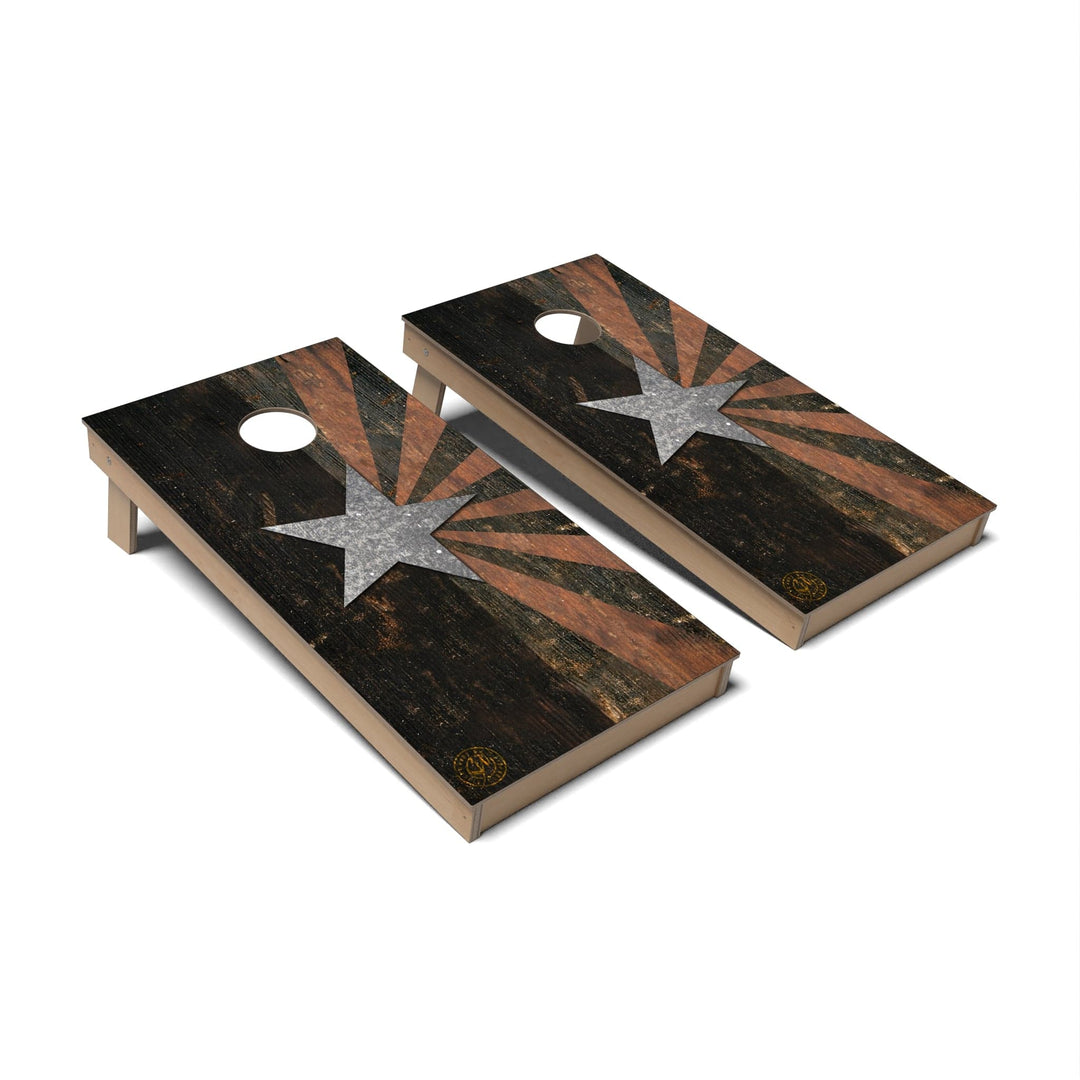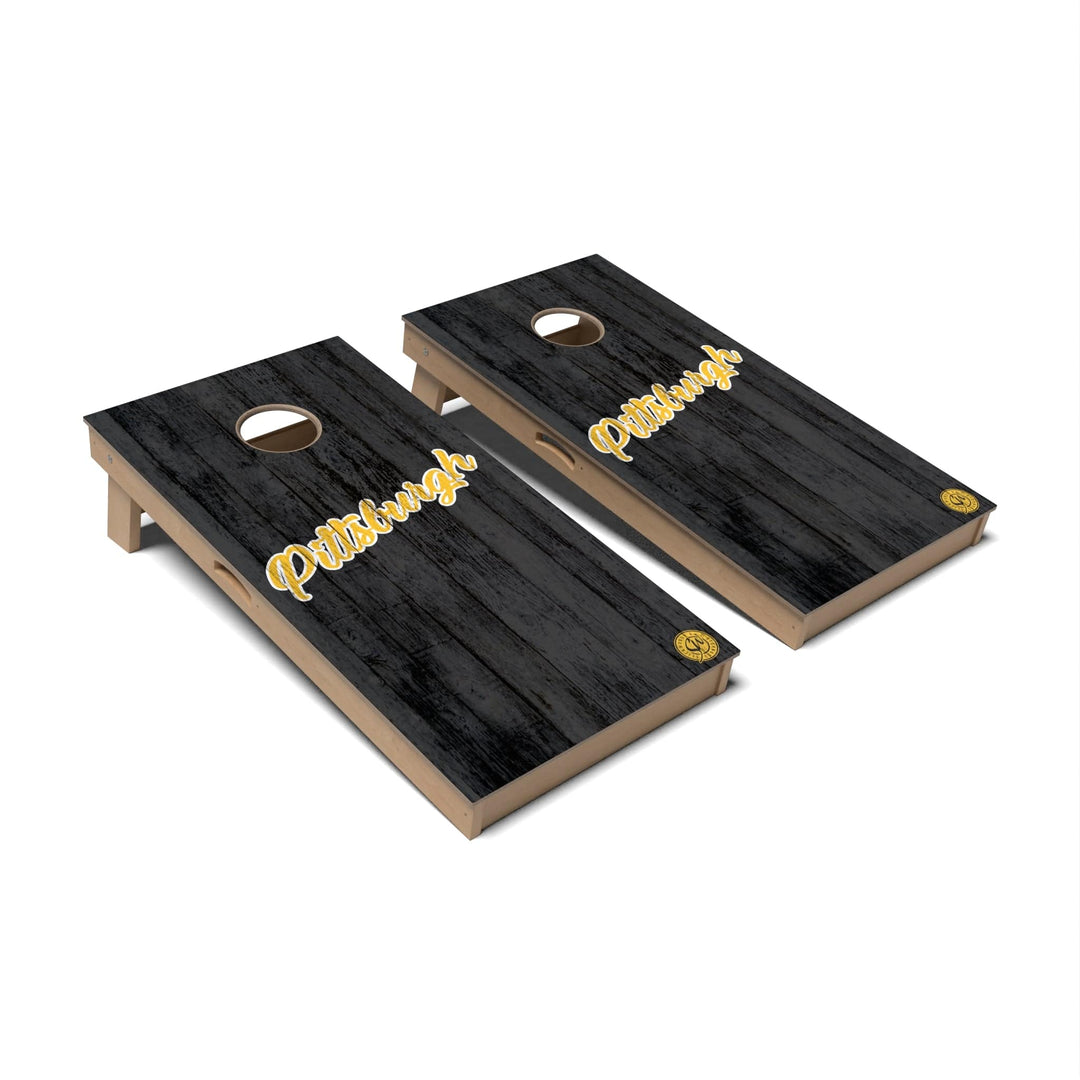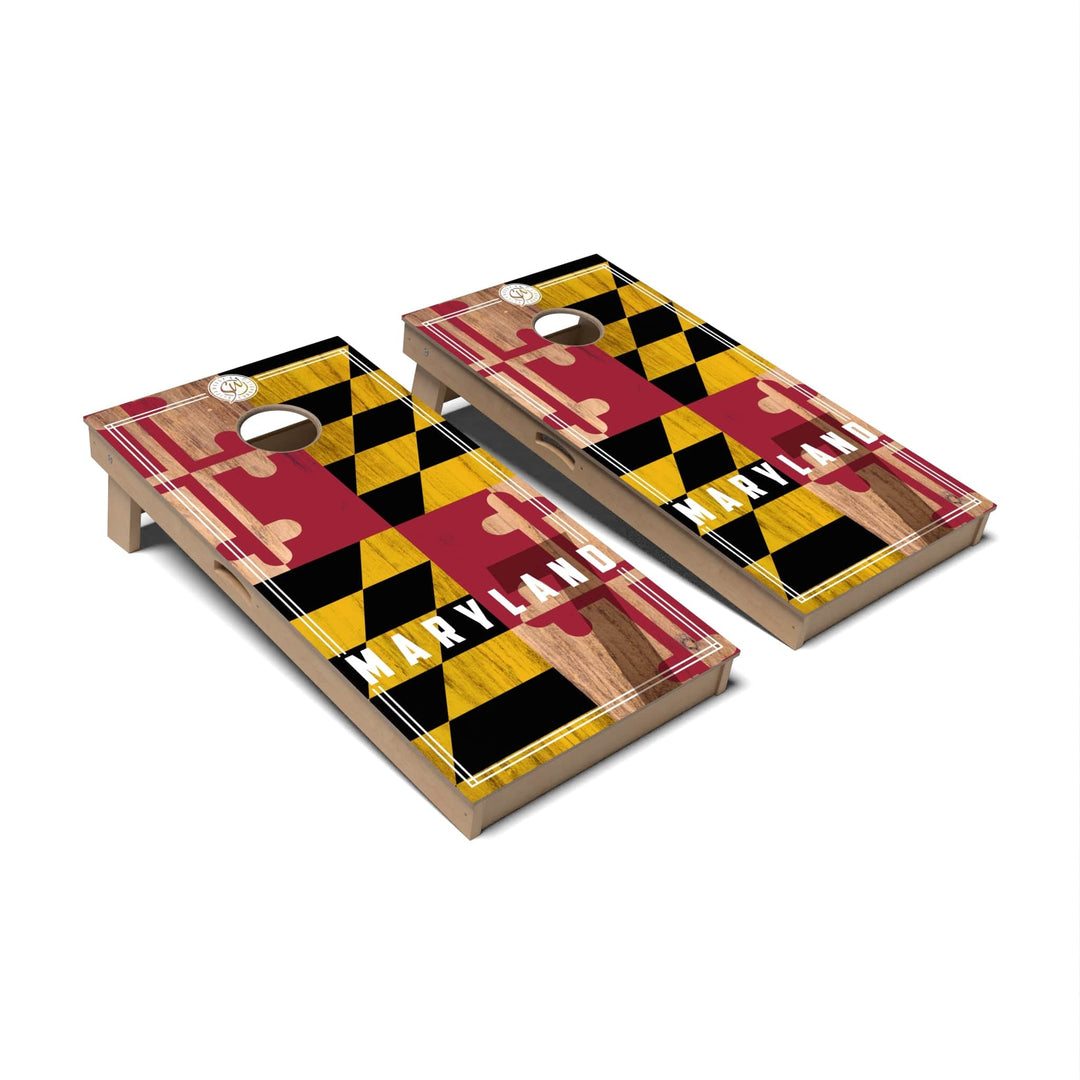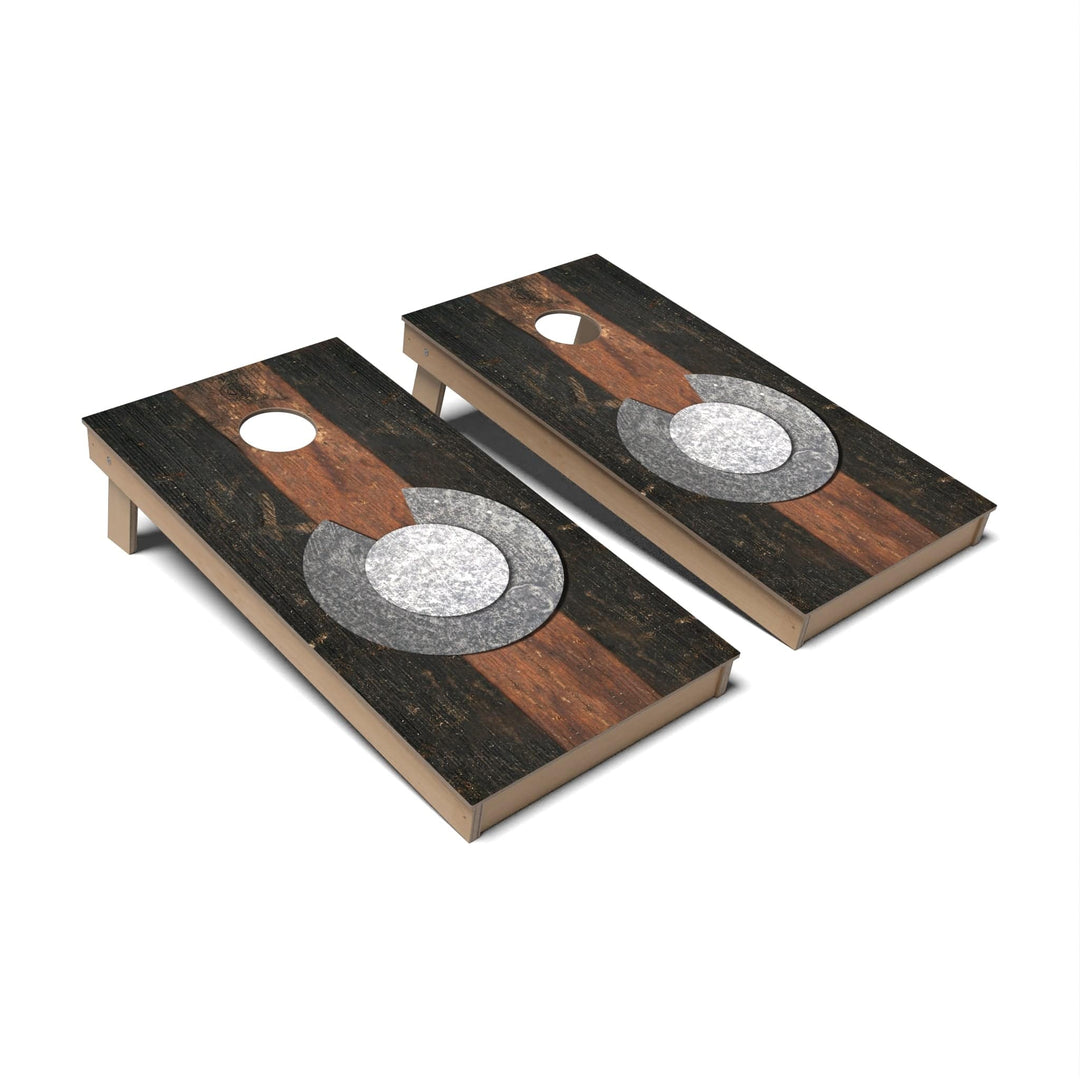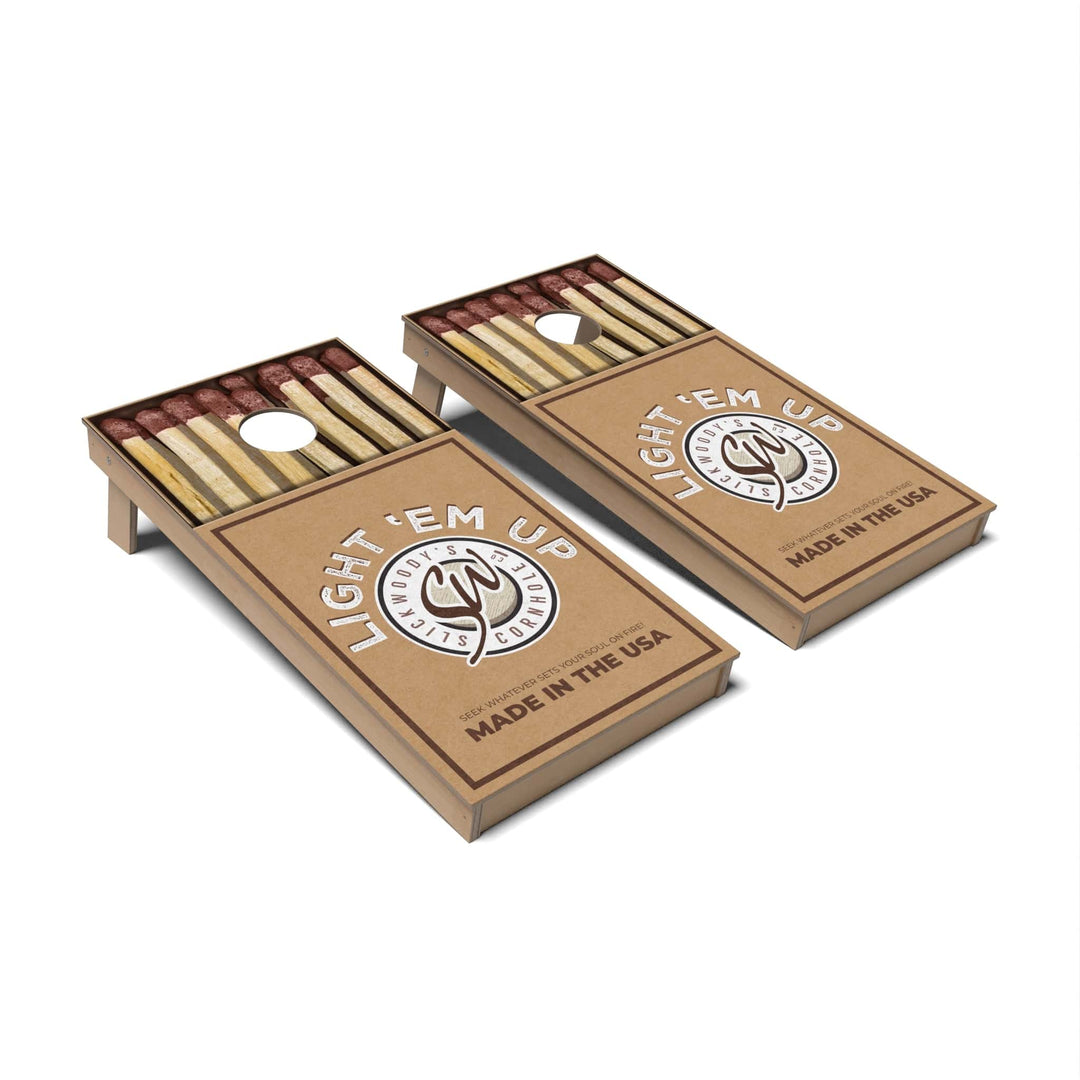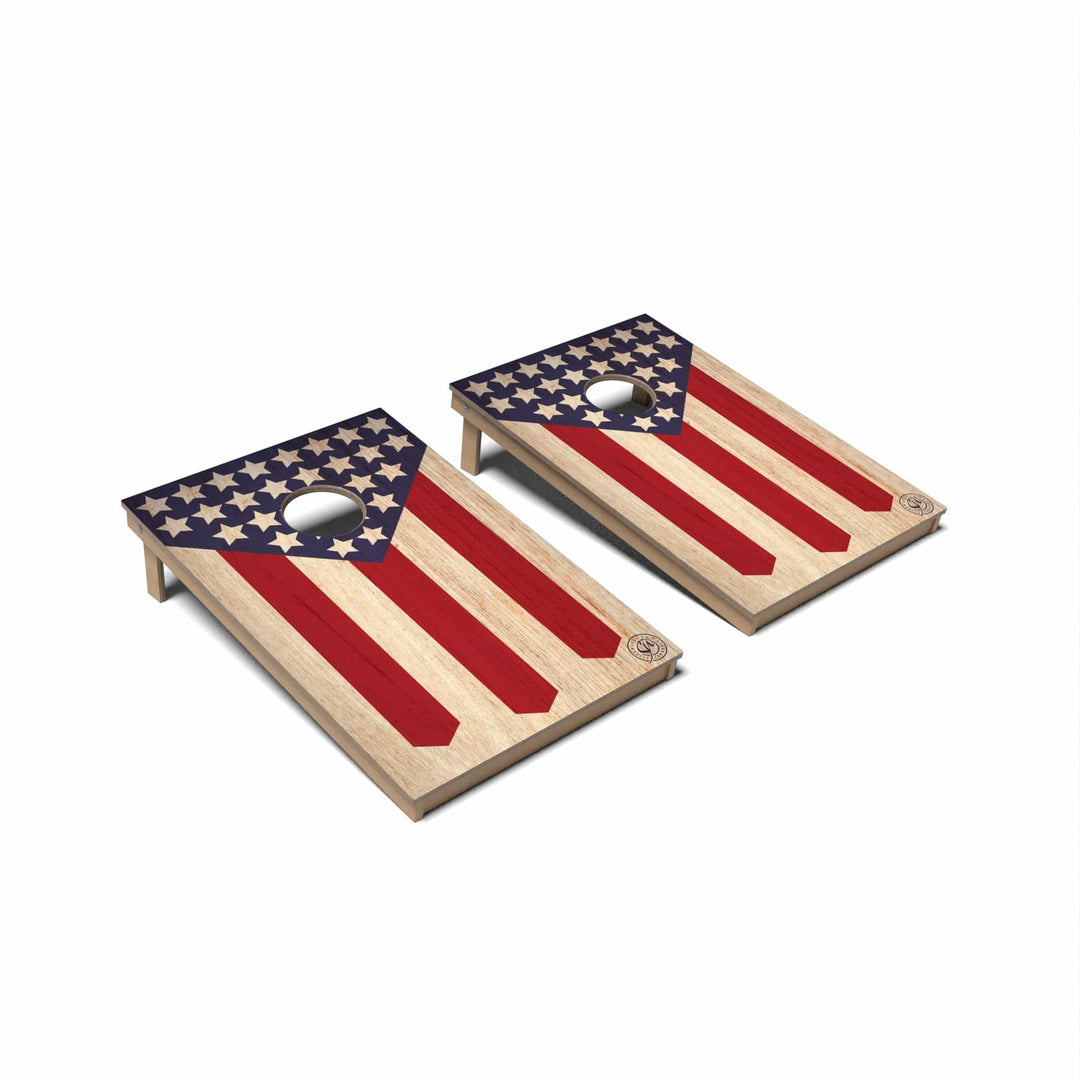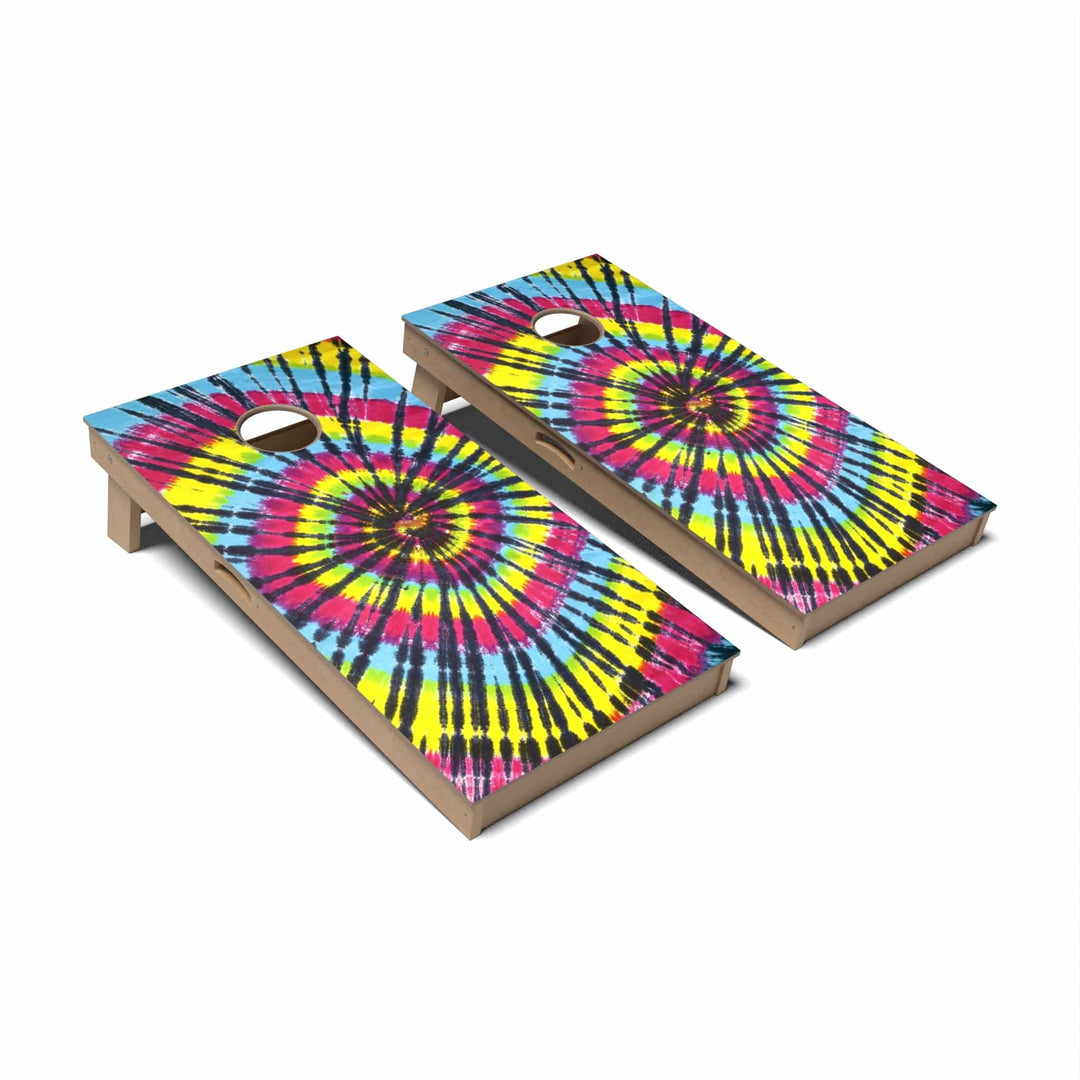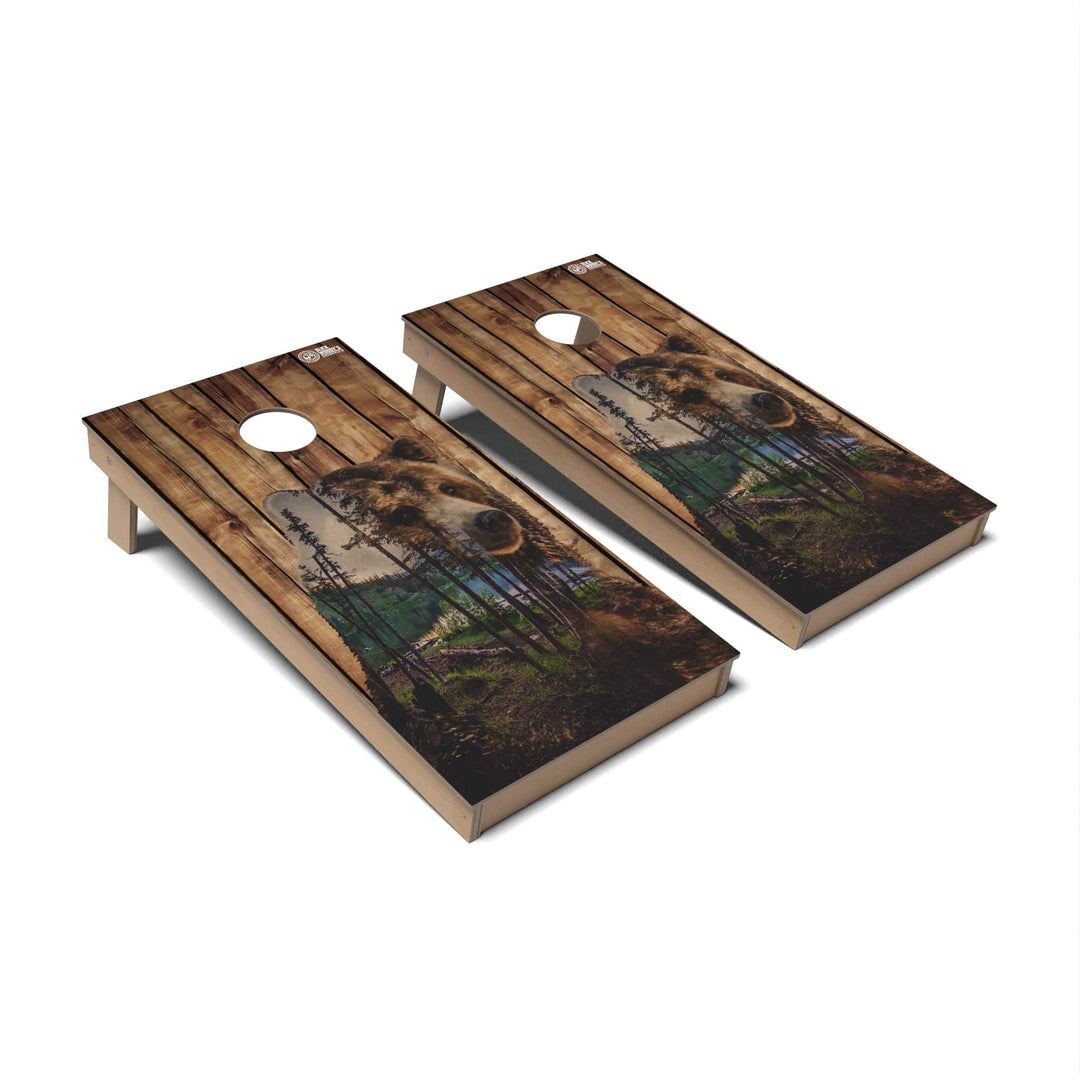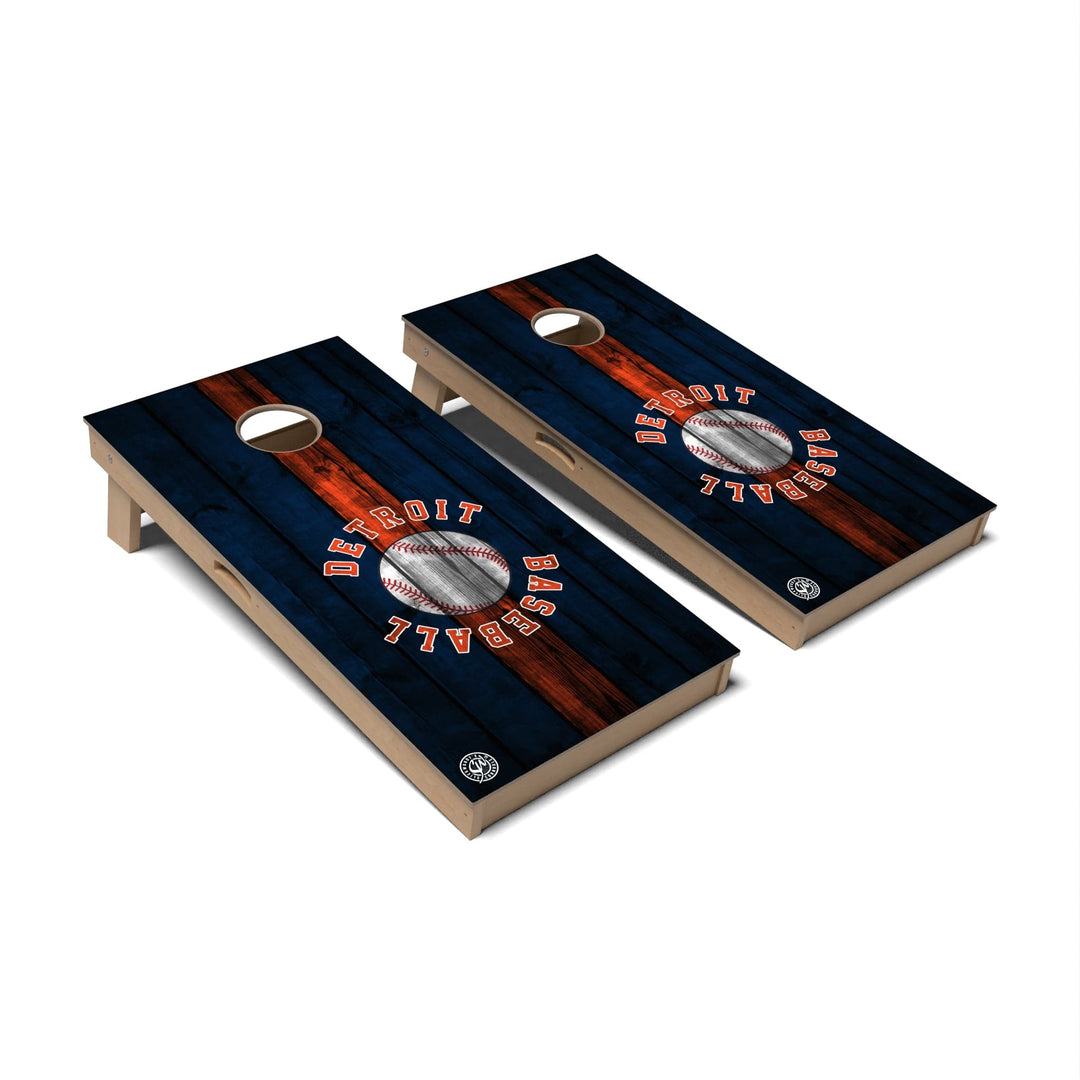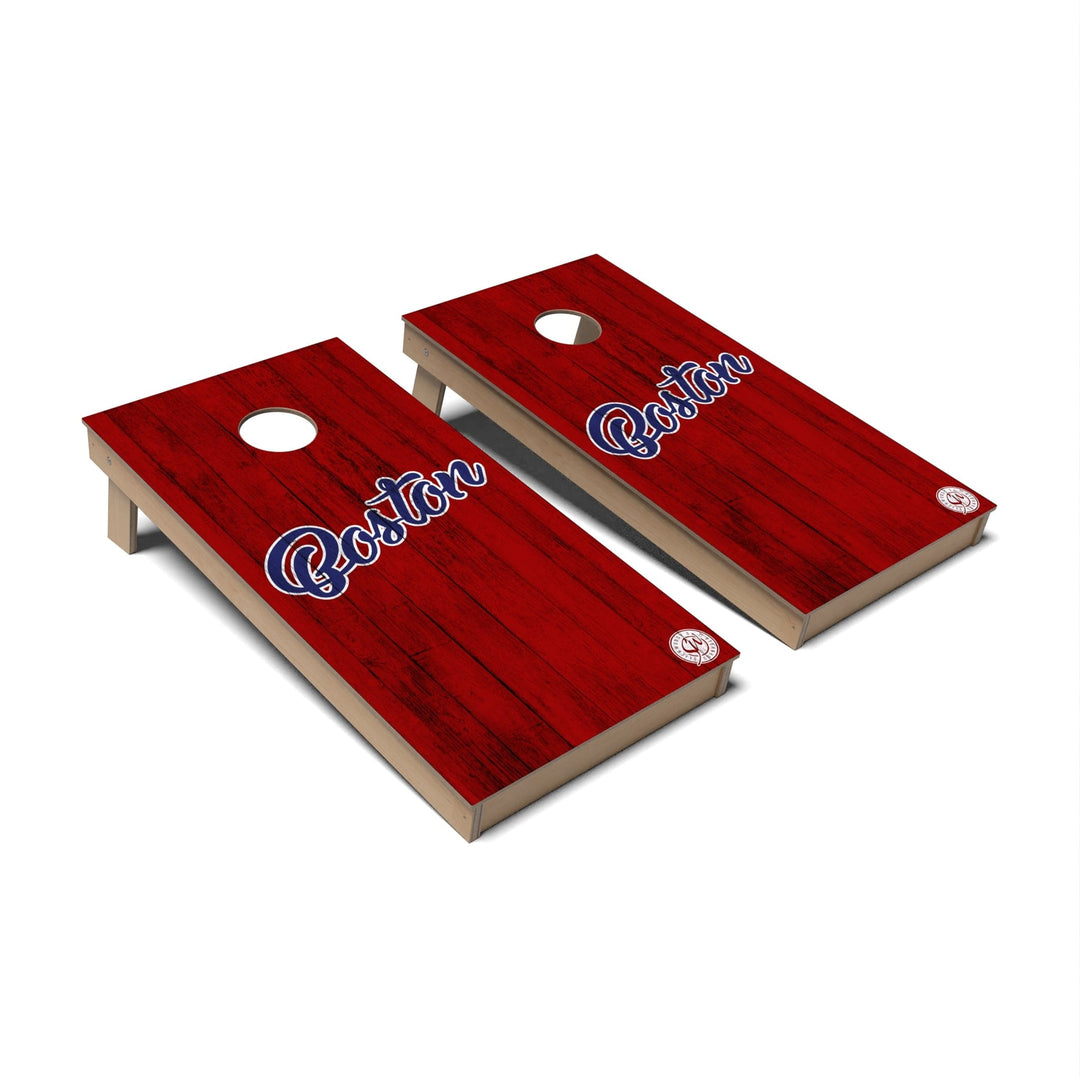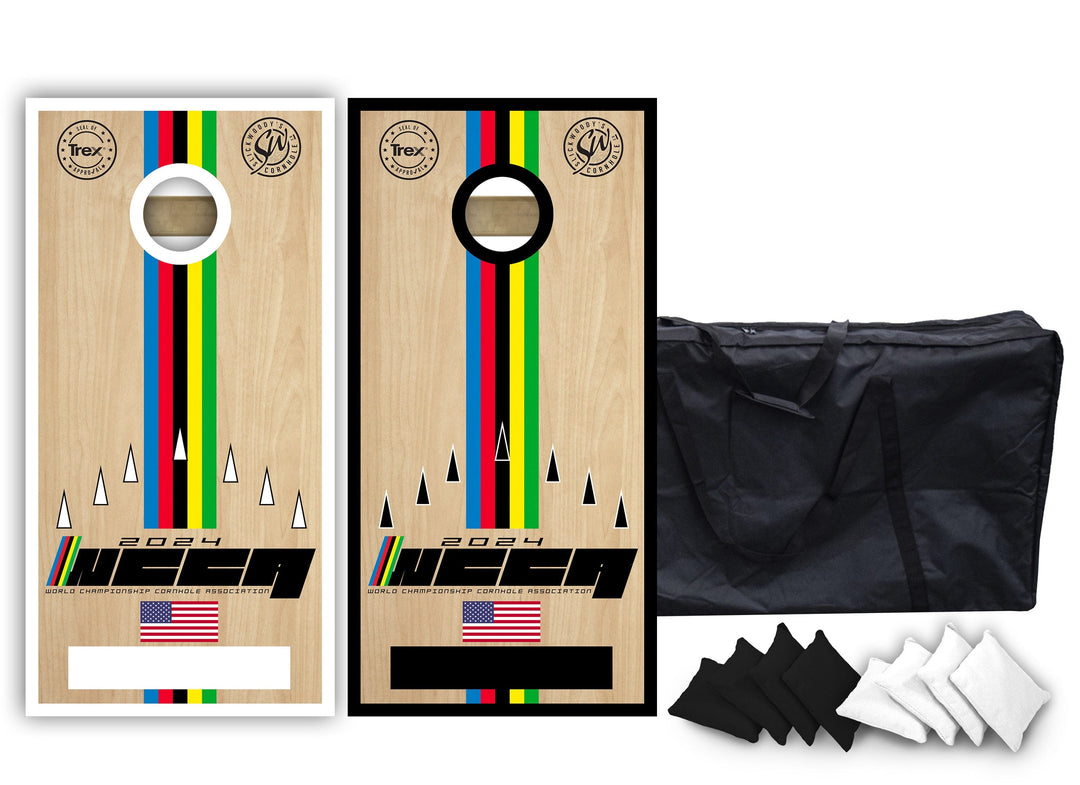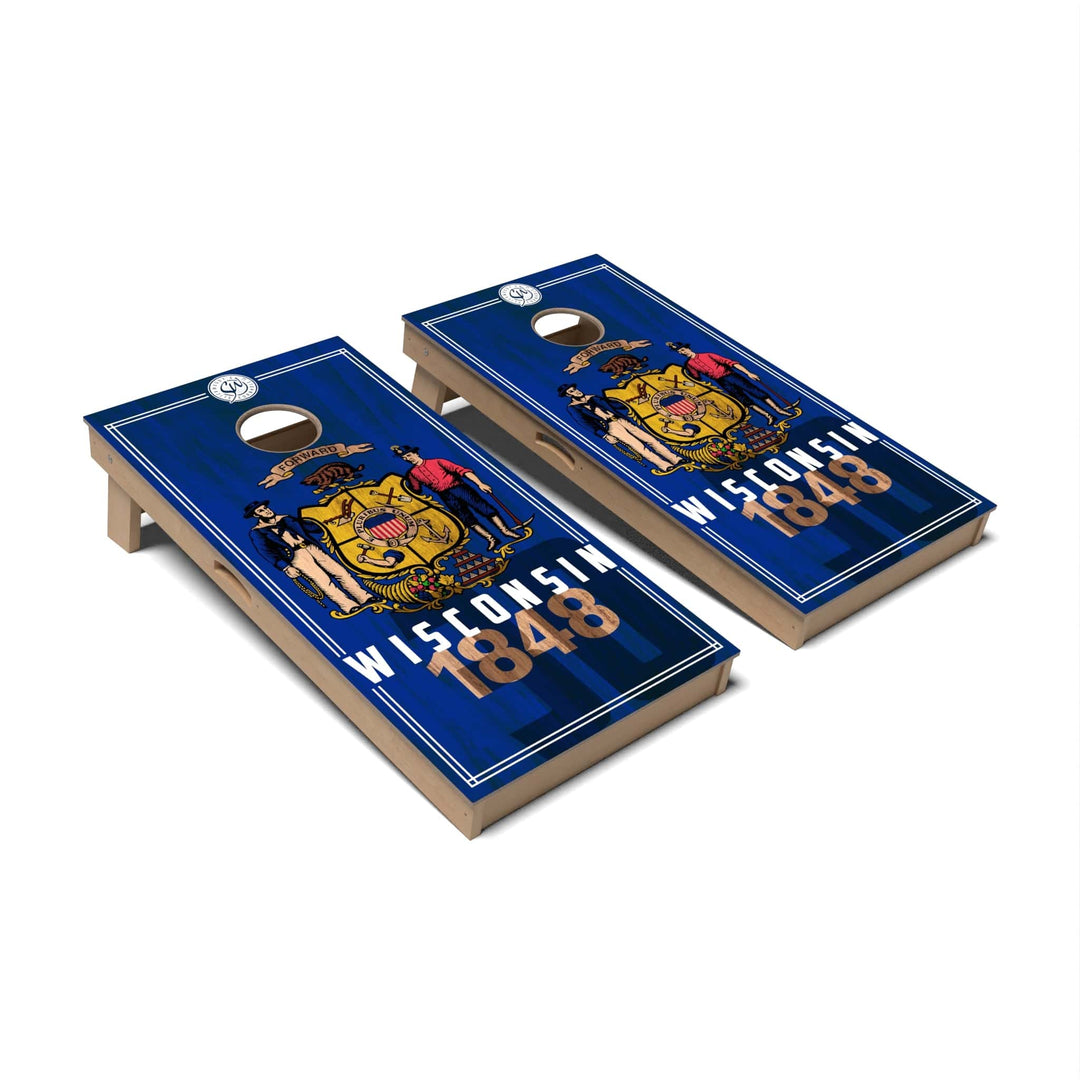How to Play Cornhole with Your Kids
Cornhole is a fun backyard game to play with the entire family. It’s great for all ages and two or more people.
You can easily teach your kids how to play so you can spend more time outside with them. Playing cornhole will help them reduce their screen time and improve hand-eye coordination, body awareness and bilateral coordination. But enough of the science-y stuff. Let’s play!
How to teach your kids to play cornhole
Teaching your kids to play cornhole can be a lot of fun. And, sure, it could be a headache. But once they get the hang of things, you’ll be able to play cornhole all summer long.
First, start by explaining the rules of the cornhole game – the basics are listed in the next section – and demonstrating how to play. Be patient and answer any questions they might have. (They’re kids, so they will probably have a lot.)
The biggest aspect they will need to learn is the underhand throw. Cornhole bags aren’t thrown overhand. Before you start playing, let them practice how to properly get the bean bags onto the playing surface.
Here’s a step-by-step explanation of how to throw a bean bag underhand in case you need to break it down for them:
- Face the board you’re throwing the bags to. Better yet, face in the direction where you want the cornhole bag to land.
- Hold the cornhole bag in your dominant hand. (This will most likely be the hand they write with. If they feel unsure, let them try throwing a few times with each hand to figure out which one seems more comfortable.)
- The foot opposite your throwing arm should be standing further ahead than the other foot. For example, if you are throwing with your left hand, your right foot should be more toward the board you’re throwing to.
- When you throw, first swing your arm back. Then, swing it forward, letting go shortly after it passes your thigh. Be sure to follow through with that arm, reaching it toward the sky.
If very young kids just can’t get grasp how to throw underhand on every bag toss, let them throw the bean bag however comes naturally to them. If you keep throwing underhand, they’ll eventually start throwing underhand too. It’s like they always say on the playground: “Monkey see, monkey do.”
Basic cornhole rules and how to adapt them for kids
If you’ve been playing cornhole with your friends and tailgate buddies for a while, you know the rules like the back of your hand. But can you break them down to a kid?
The basic rules of cornhole are pretty simple, yet some kids just won’t get it at first. They might get frustrated if they can’t grasp scoring. We recommend making the rules easier and easier as needed until they get the hang of it. Then, you can build back up to the regular rules.
Here are the basic rules to playing American cornhole, with suggestions for modifications for youngsters.
Rule #1
Set up your cornhole boards about 15 feet apart, outside on a level surface.
Modification: Move the boards closer together so kids can throw far enough to reach the board they’re aiming for.
Rule #2
Divide into two teams of two players each. One person from each team will stand next to a board and face the other board.
Modification: Start by playing 1 versus 1 to simplify scoring and taking turns.
Rule #3
Each team should have 4 cornhole bags, with one set being a different color than the other.
Modification: A kid might see an adult holding all 4 bags at once while playing and struggle to do the same. Let them know they can set the bags on the ground and pick up one when it’s their turn to throw.
Rule #4
Players can throw from either the left or right side of the board, but they cannot step beyond the front of the board.
Modification: To make the playing zone easier to remember, give kids a visible boundary. Mark the imaginary line that extends beyond the front of the boards with a piece of tape or rope (make sure it’s not tied to anything for safety). If you’re playing in grass, you could spray paint foul lines.
Rule #5
Player 1 on Team A throws first, followed by Player 1 on Team B. (These two players are standing next to each other.) They take turns throwing until all bags are at the other end.
Rule #6
Once the bags have been thrown, tally up the scores. The first team to 21 points wins.
Each bean bag that goes through the hole is 3 points. Each bag that lands on the board or playing surface is 1 point. A bag touching the ground is 0 points. When playing a regular American cornhole game, and especially during tournaments, there are more rules to scoring. However, we’re going to keep things simple this time.
Modification: If the cornhole game is dragging on trying to reach 21 points, lower the total number of points needed to win or adjust what the bags are worth by landing on the board or in the hole. You could also try different ways to win, such as the first team that lands a bag through a hole is the winner.
Rule #7
After the scores from the first round have been added up, the people on the other end get to throw the bags. Points are tallied again, and the game goes on until one team scores the set number of points to win.
Tips for playing cornhole with kids
The best tip for yourself when teaching kids how to play cornhole is to be patient. They might get frustrated or bored right away or halfway through the cornhole game. Encourage them to not give up and keep modifying the game to give them a little help.
Introducing a prize for the winning team can help kids stay engaged. A treat like a new toy or a special activity (ice cream, anyone?) can give them the incentive to be good team players and stay focused on the game.
Another tip for playing cornhole with your kids is to make it special. An example is to switch it up by playing at night. Get some lighted cornhole bags and board lights to make it fun – and safe while playing in the dark.
Ready to play?
Grab your boards and bean bags and let the kiddos know it’s time to go outside. Now that you know how to adjust the game of cornhole for kids, your family can have hours of fun outdoors.
Make sure you have a quality cornhole set that will last your family for years as your kids grow up.





